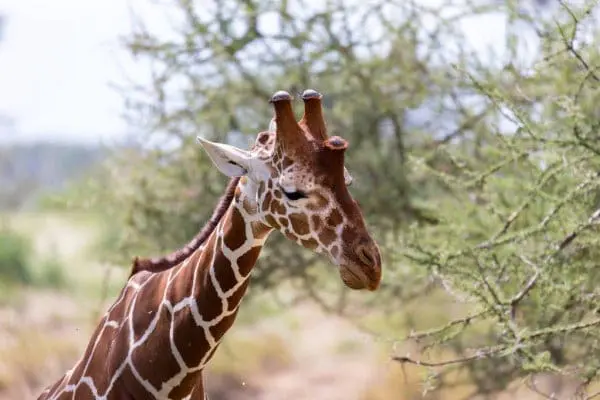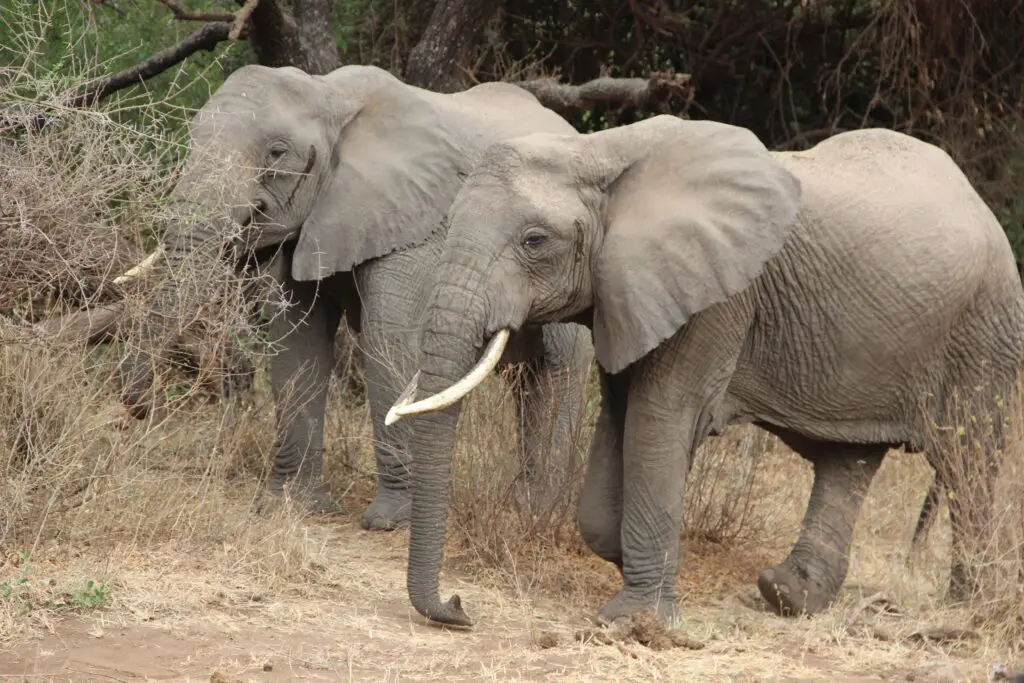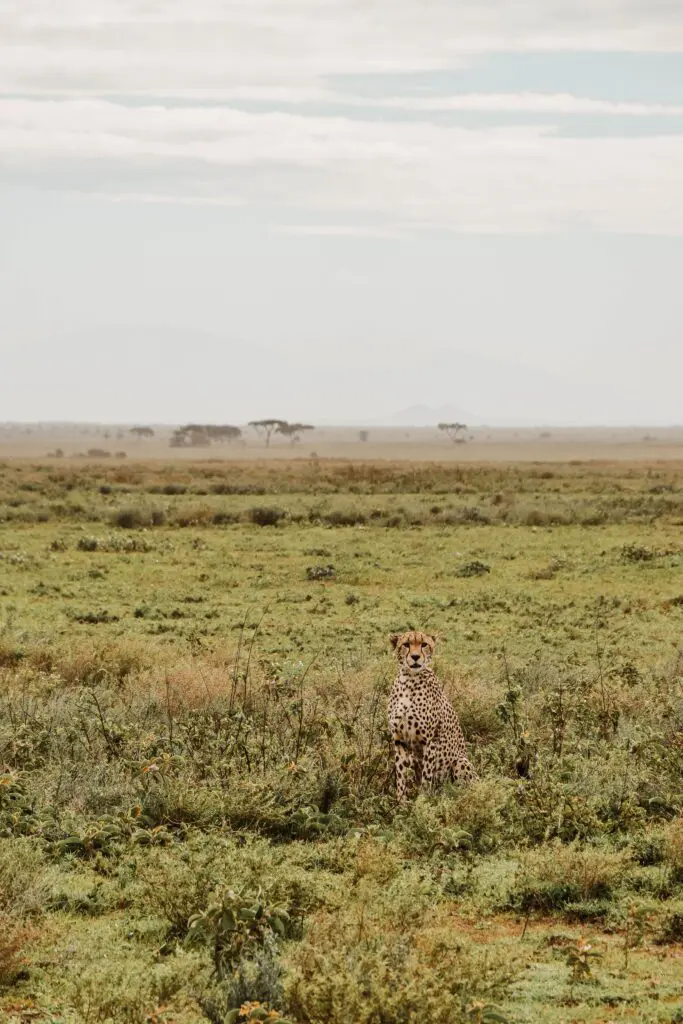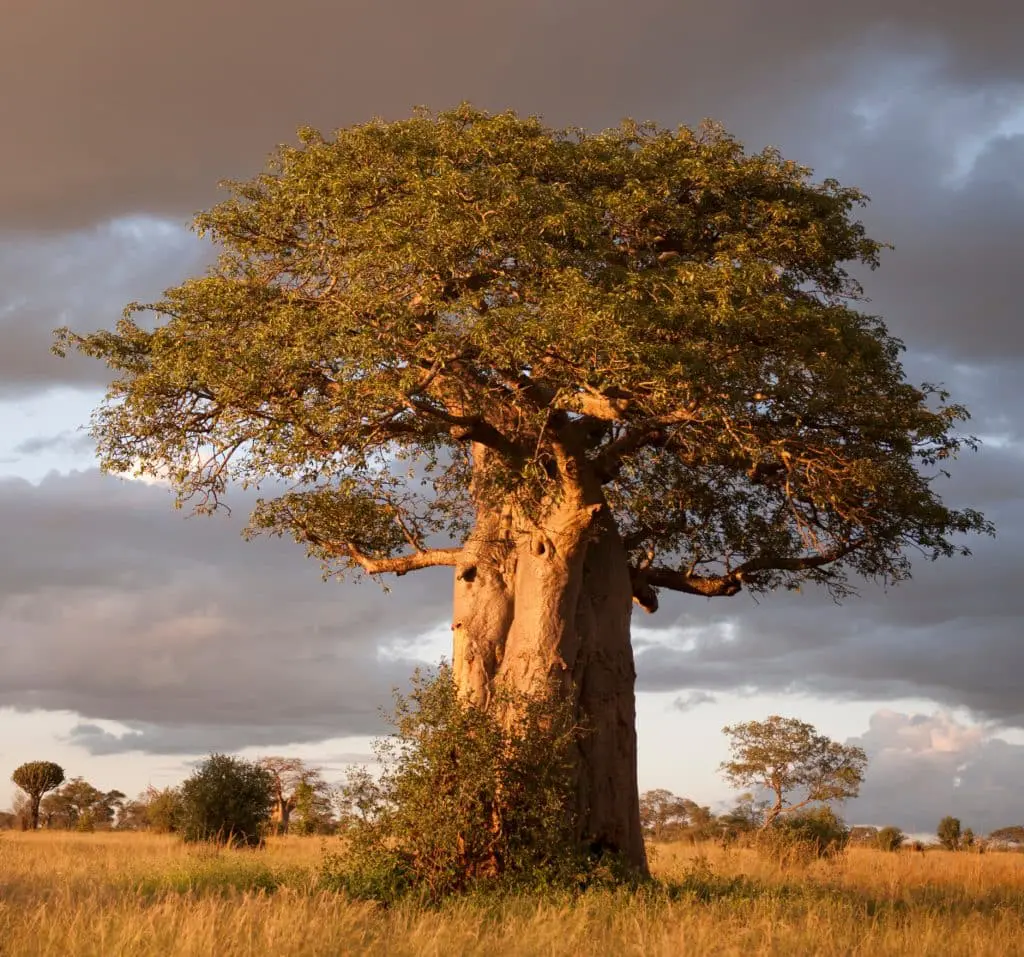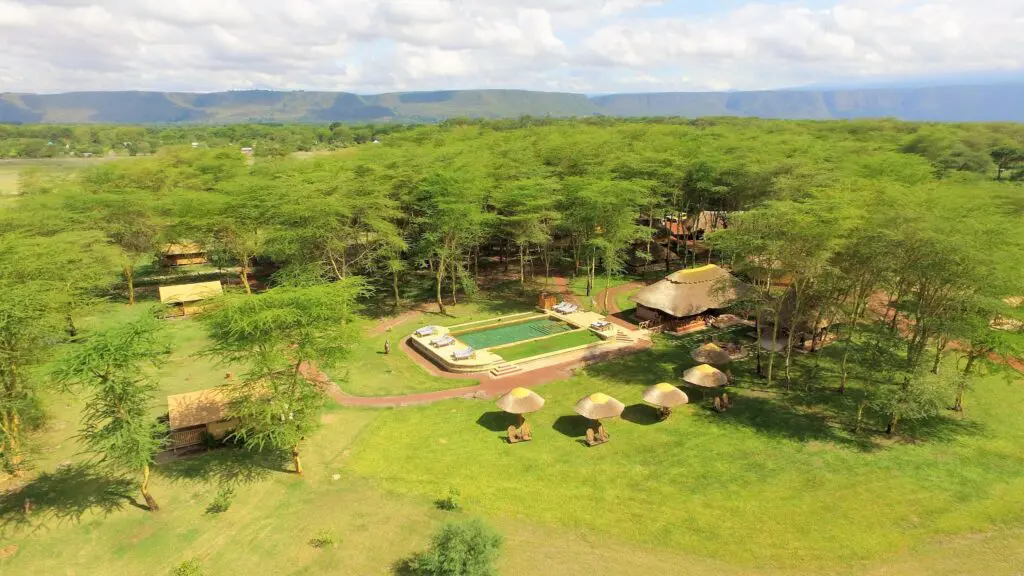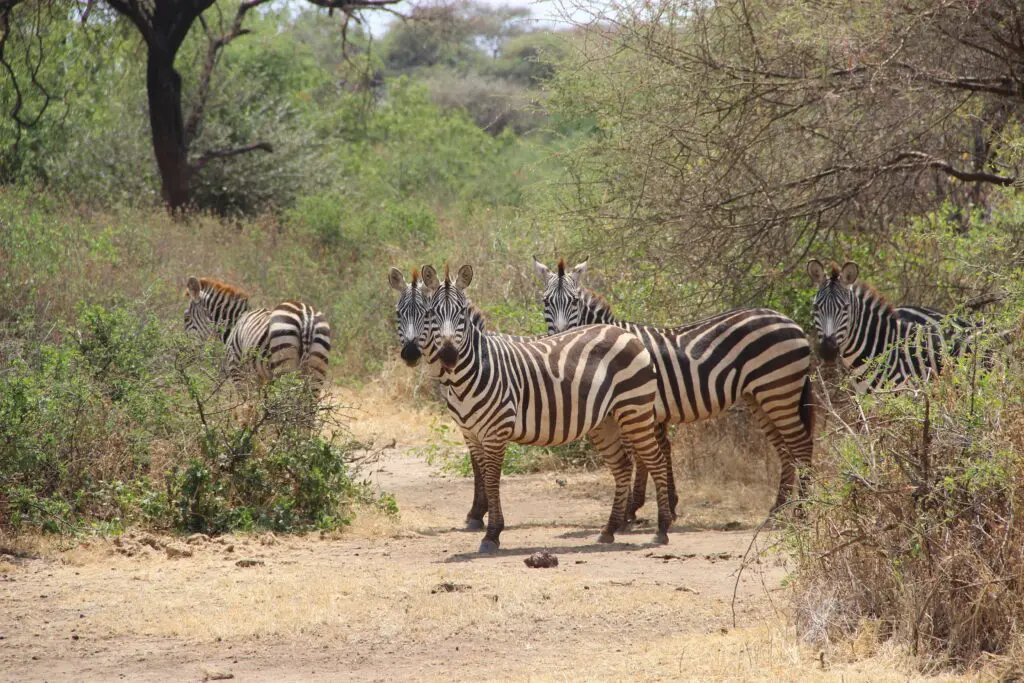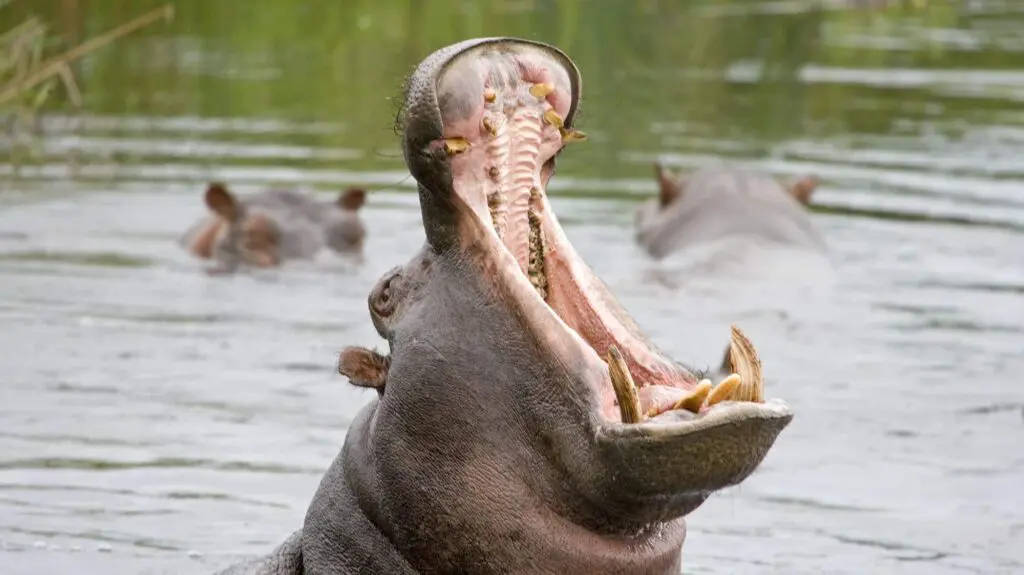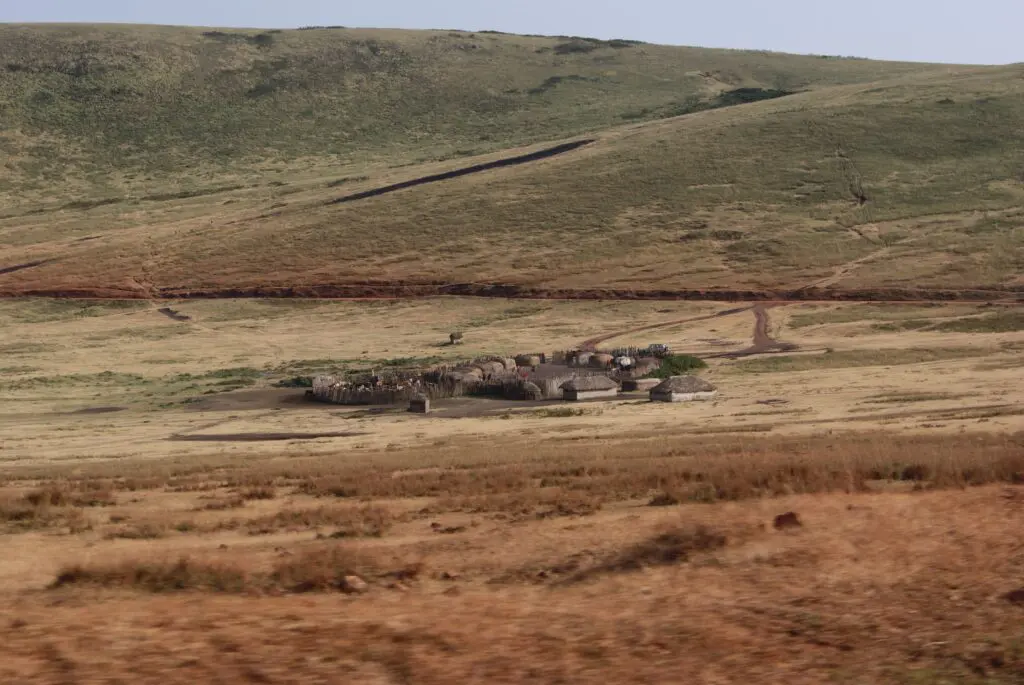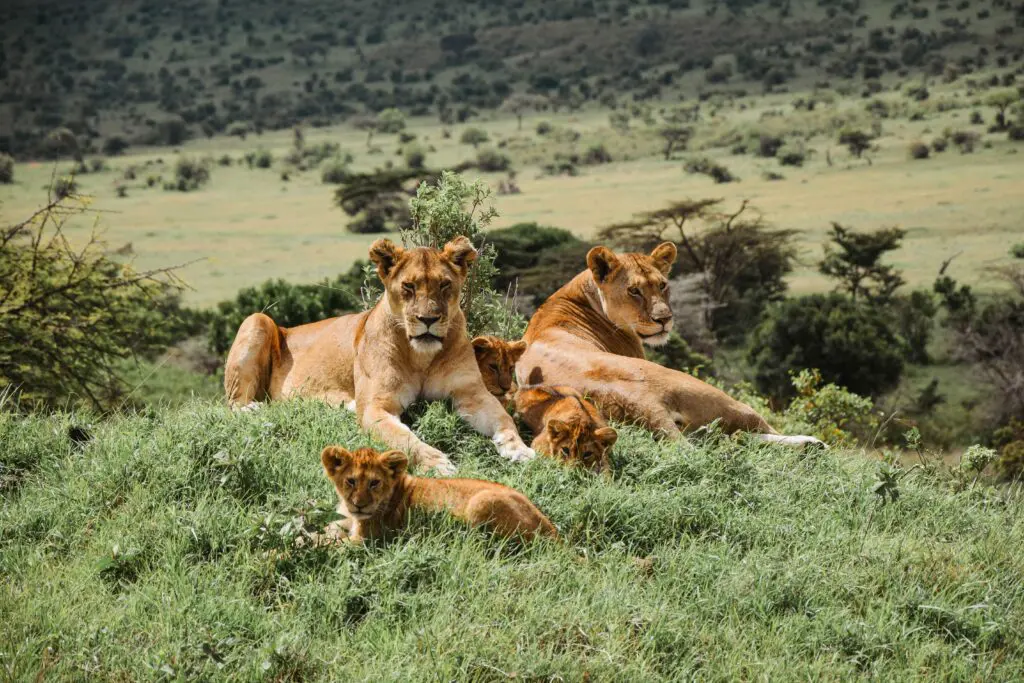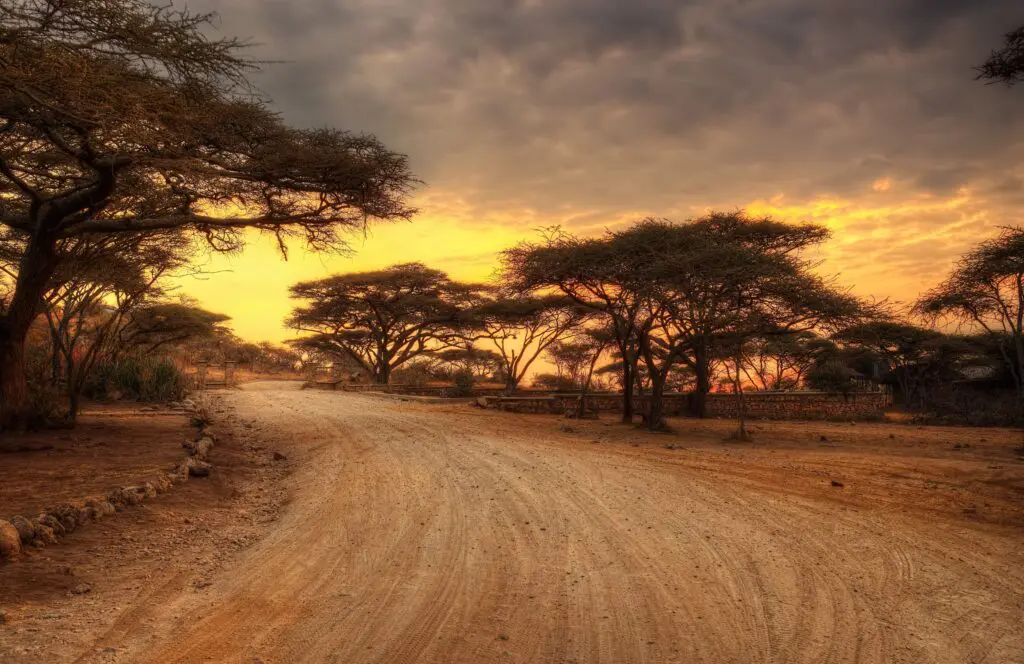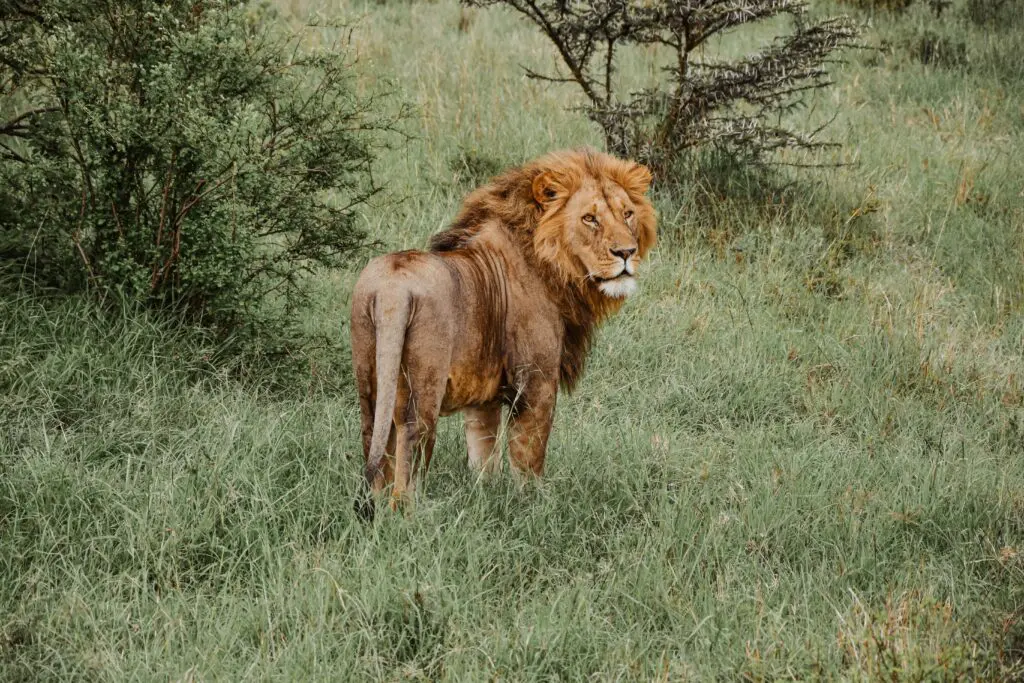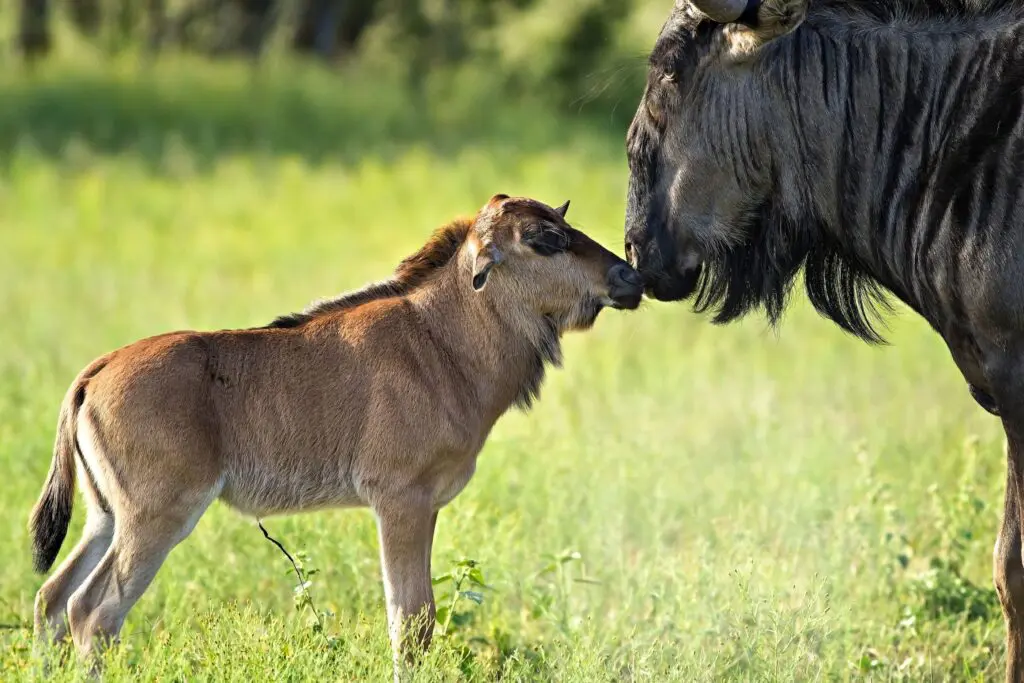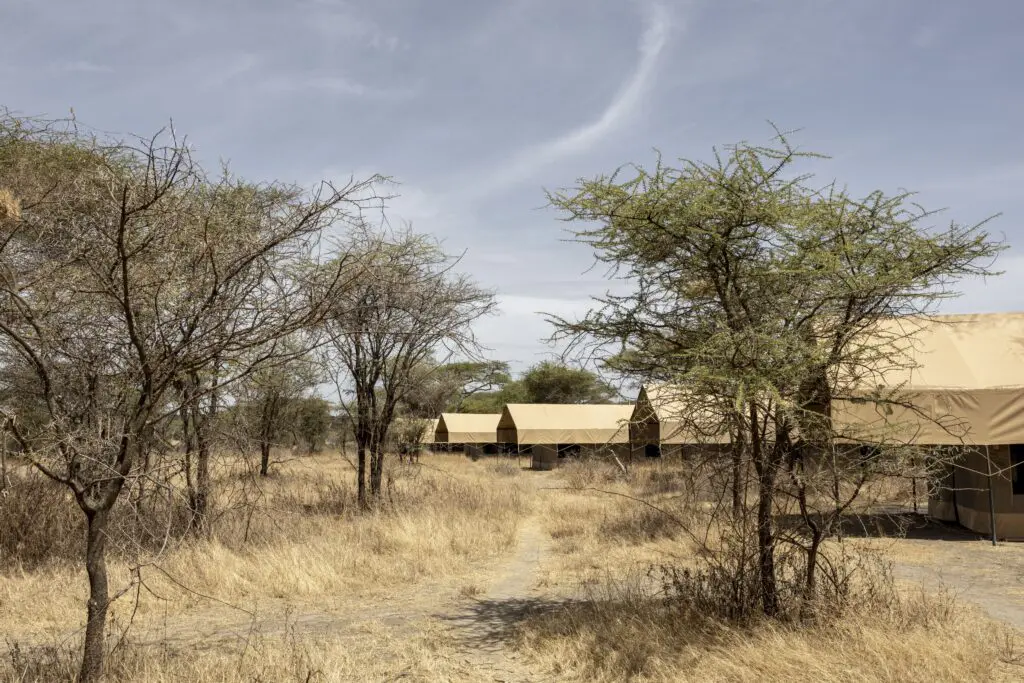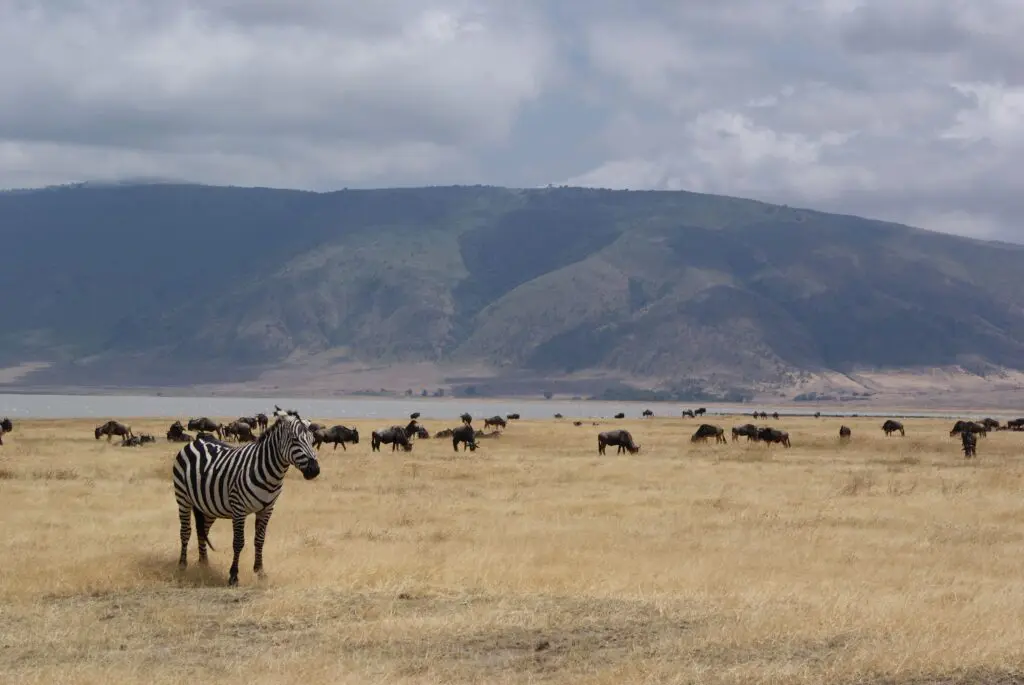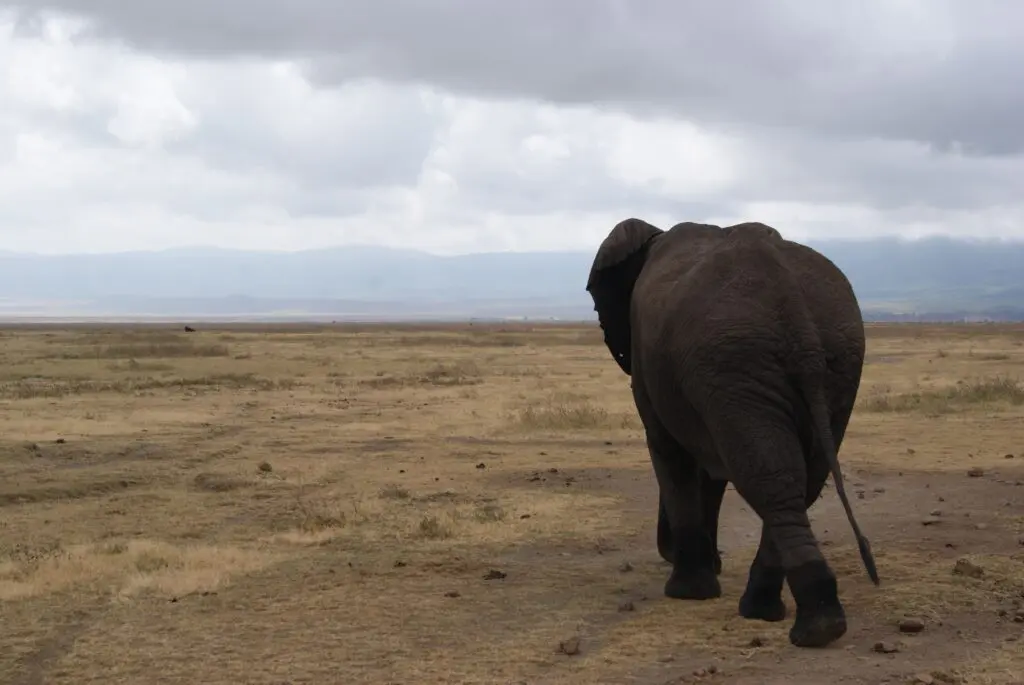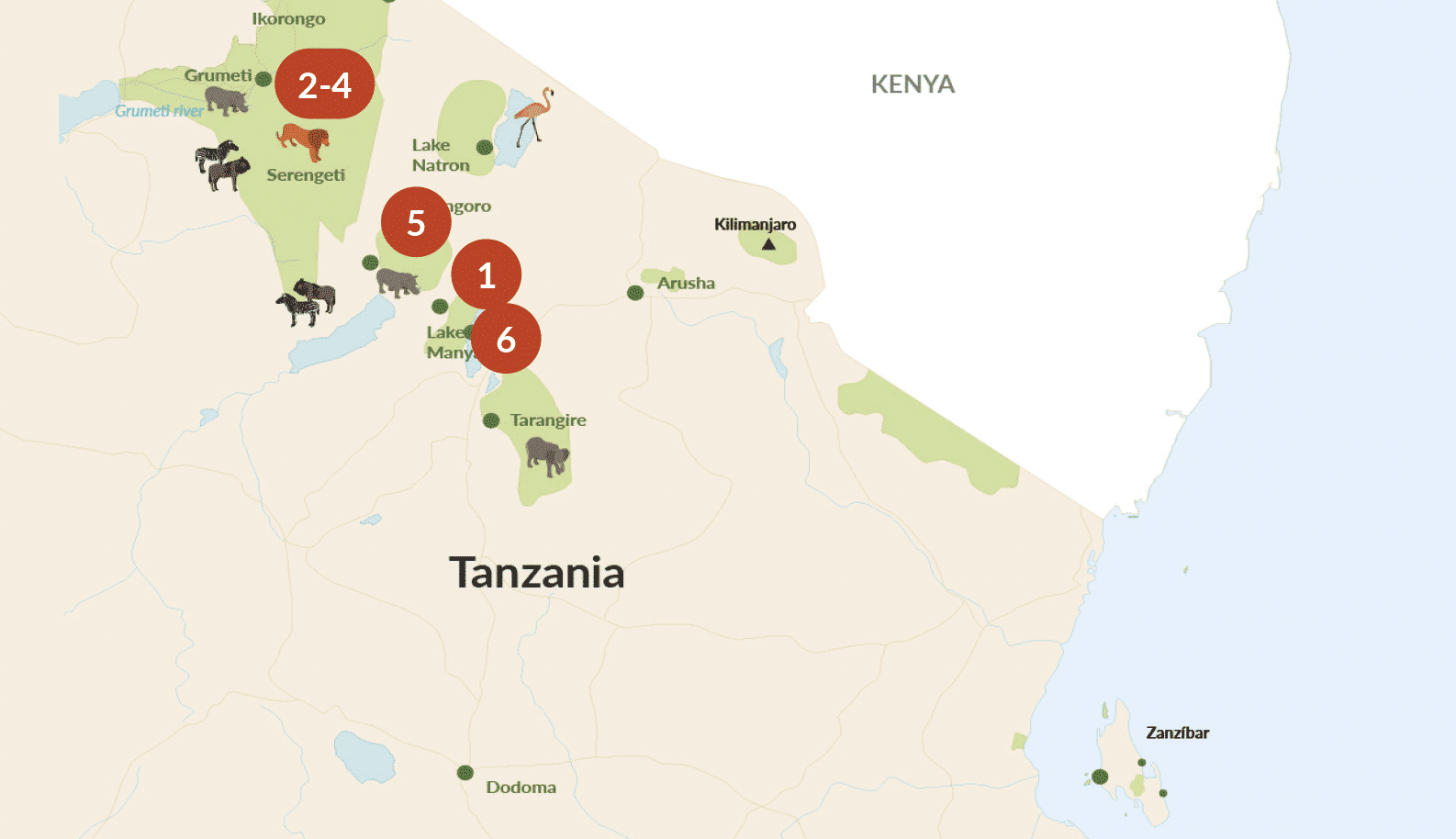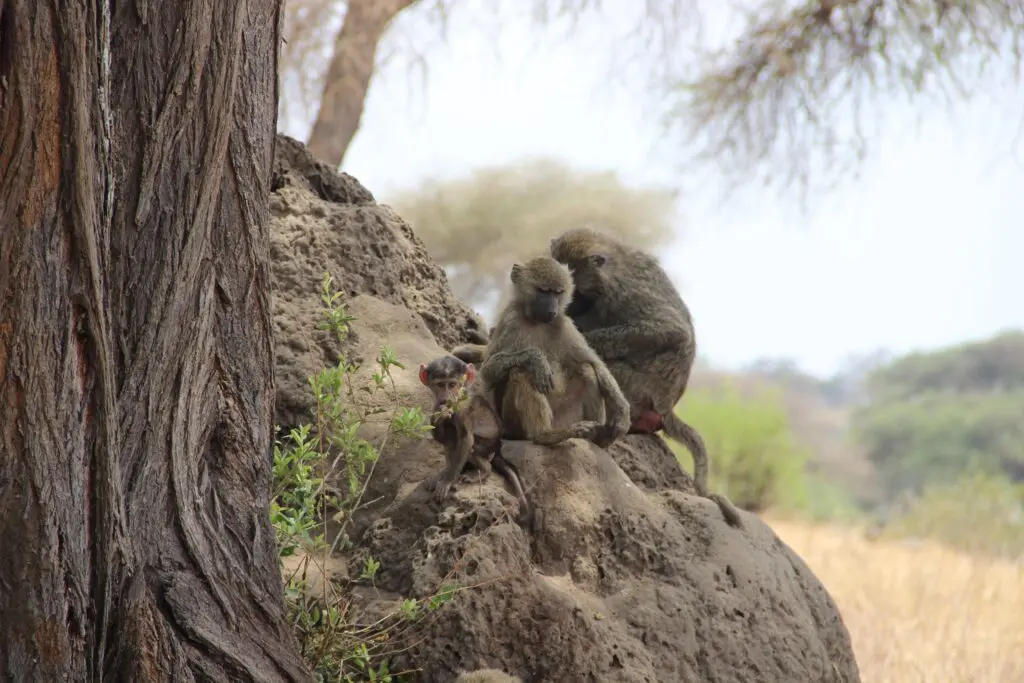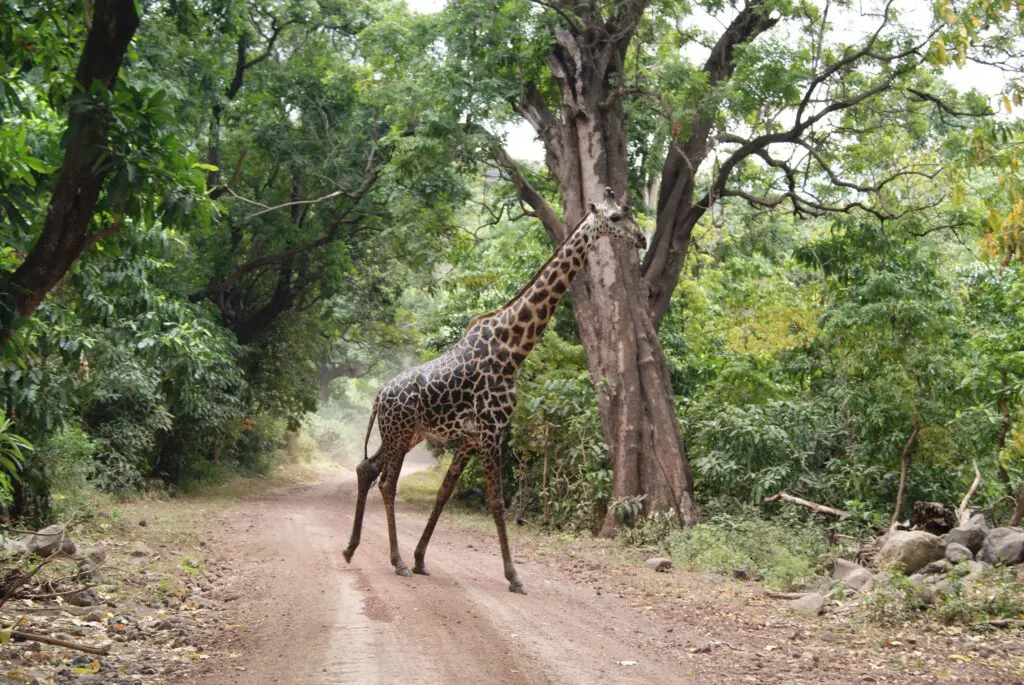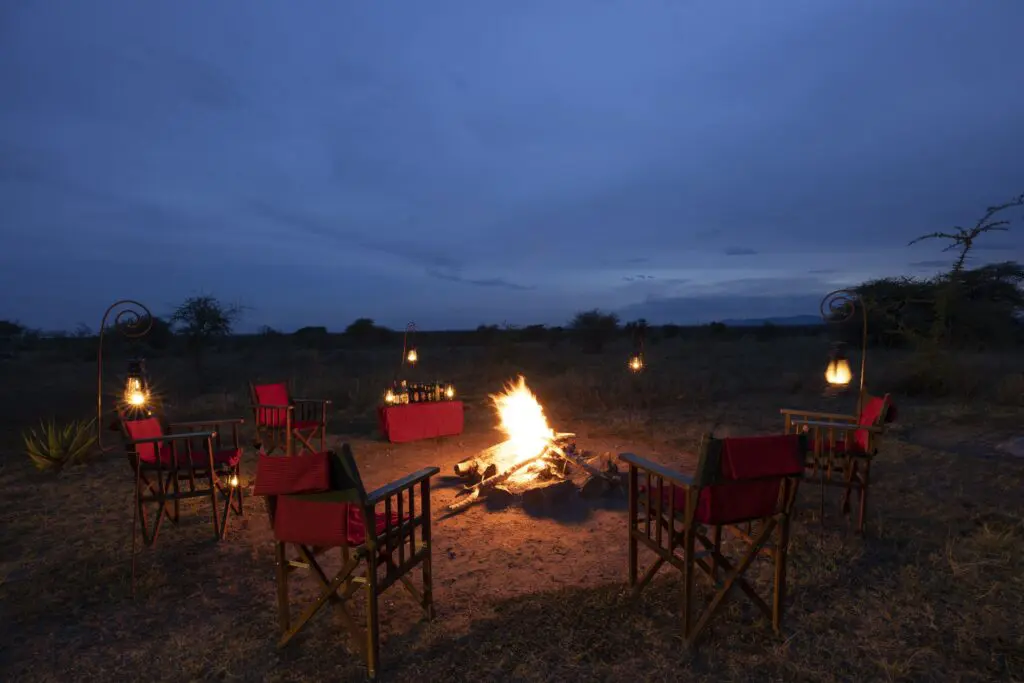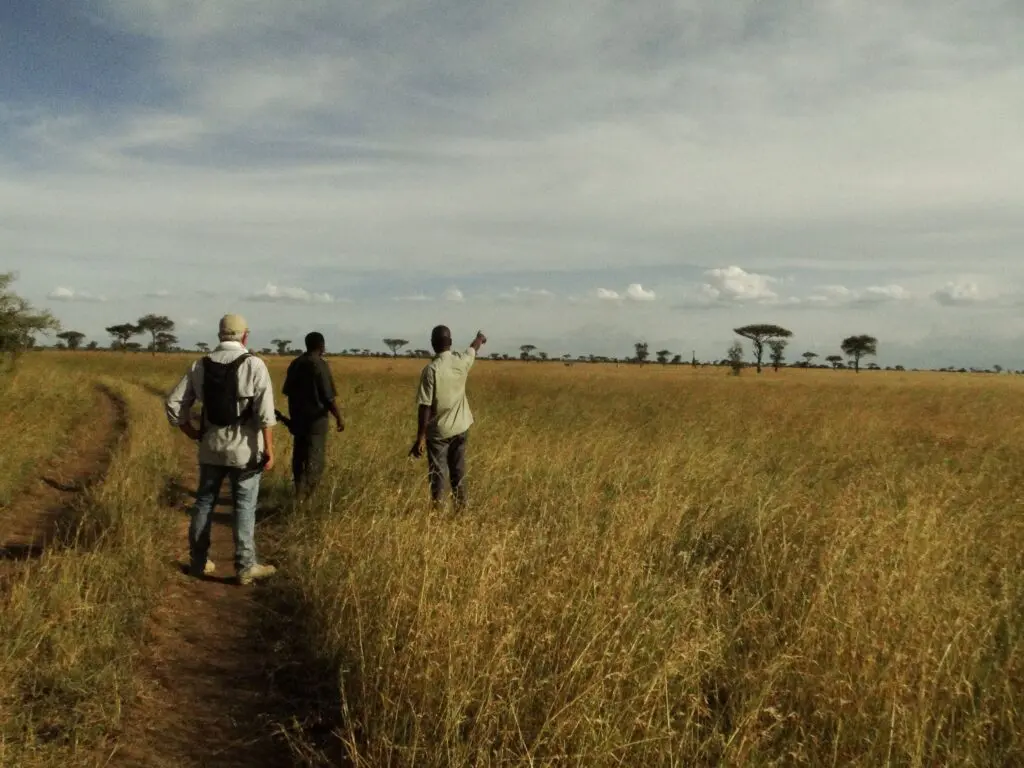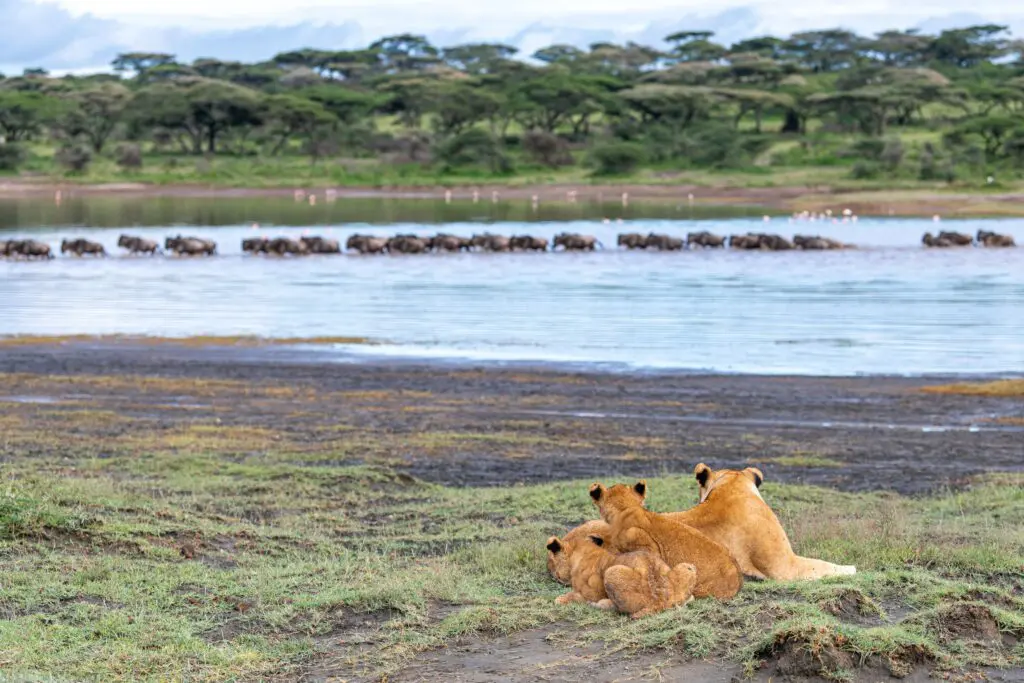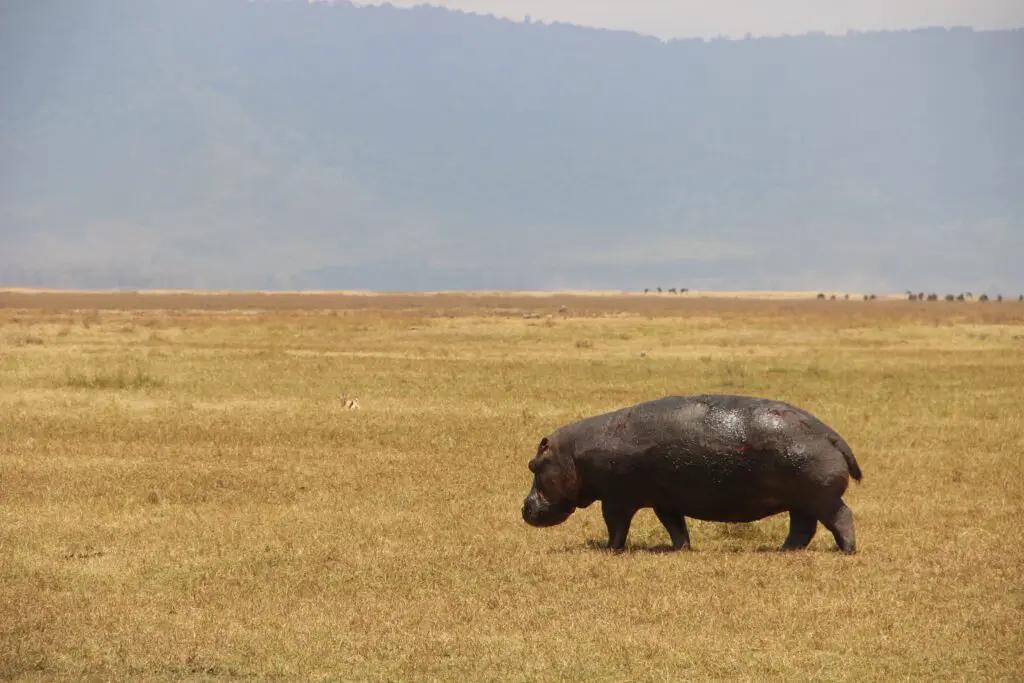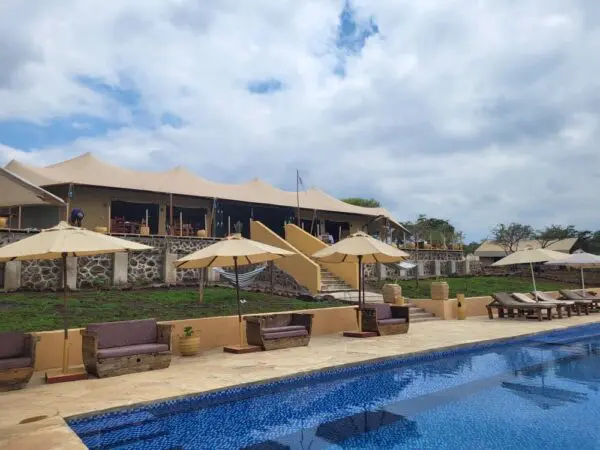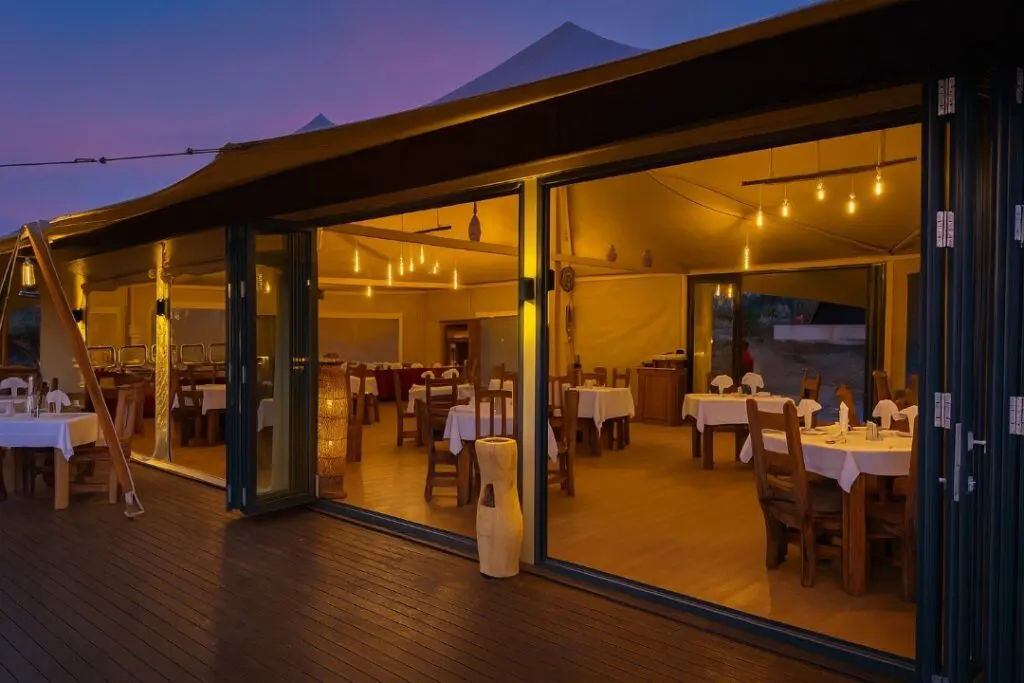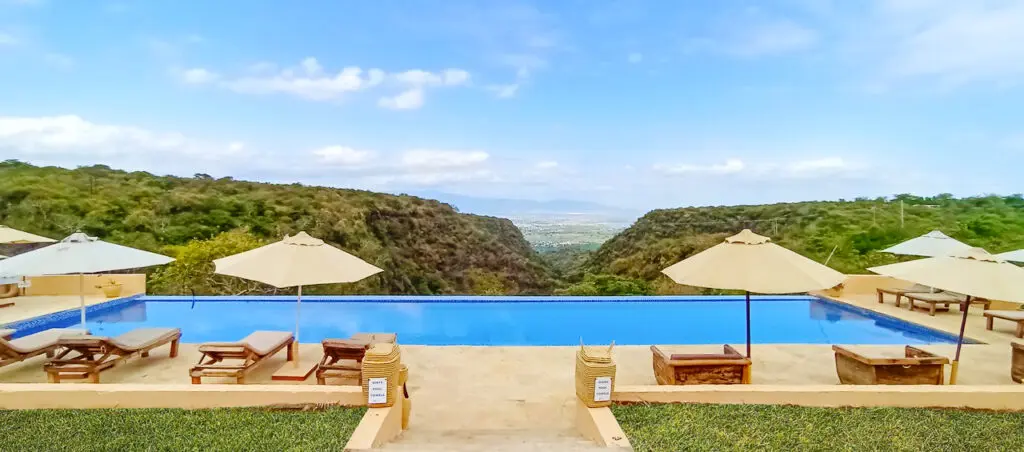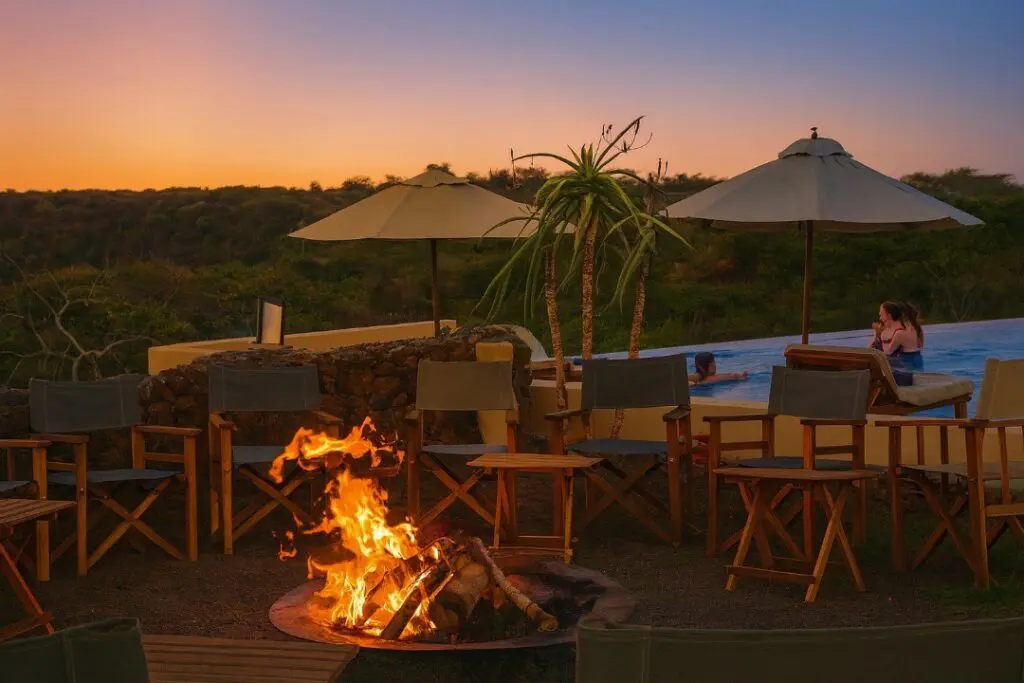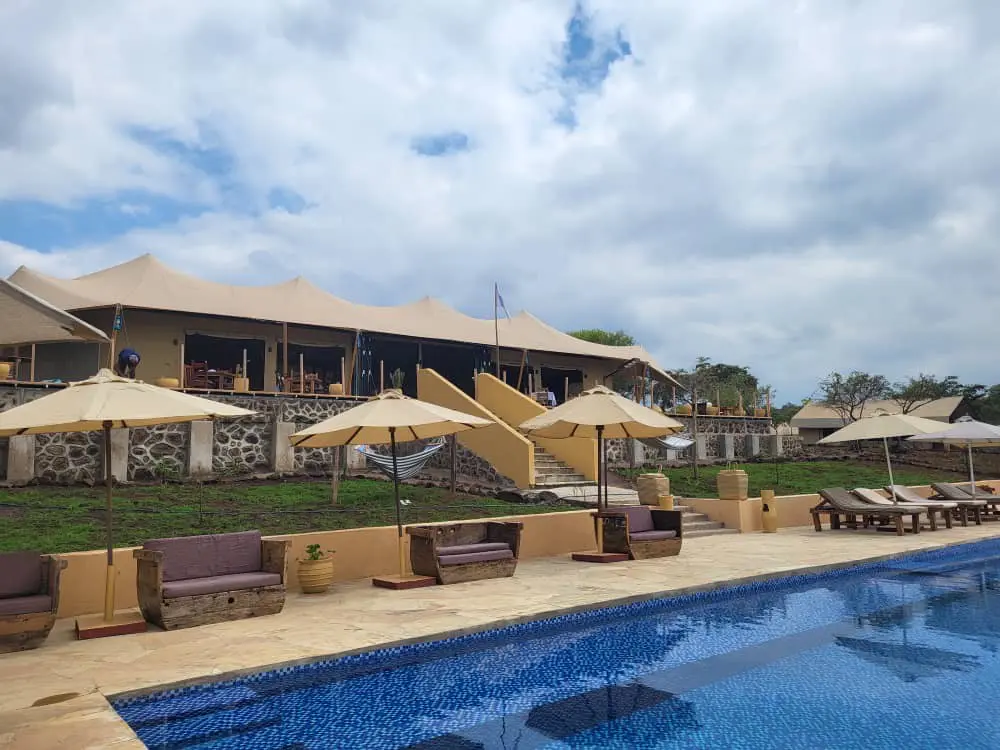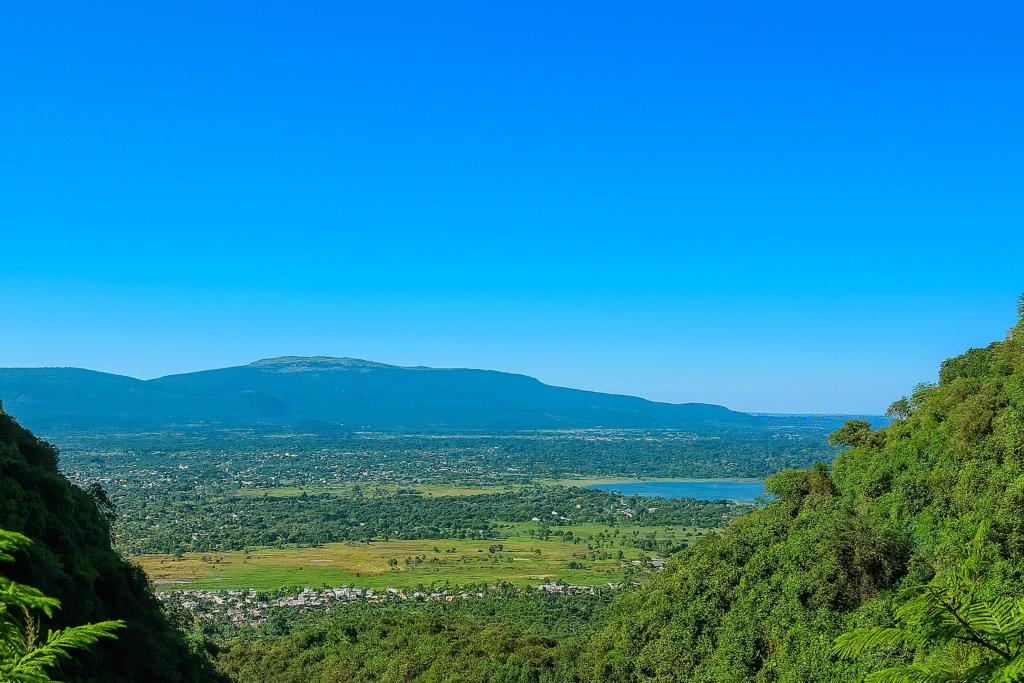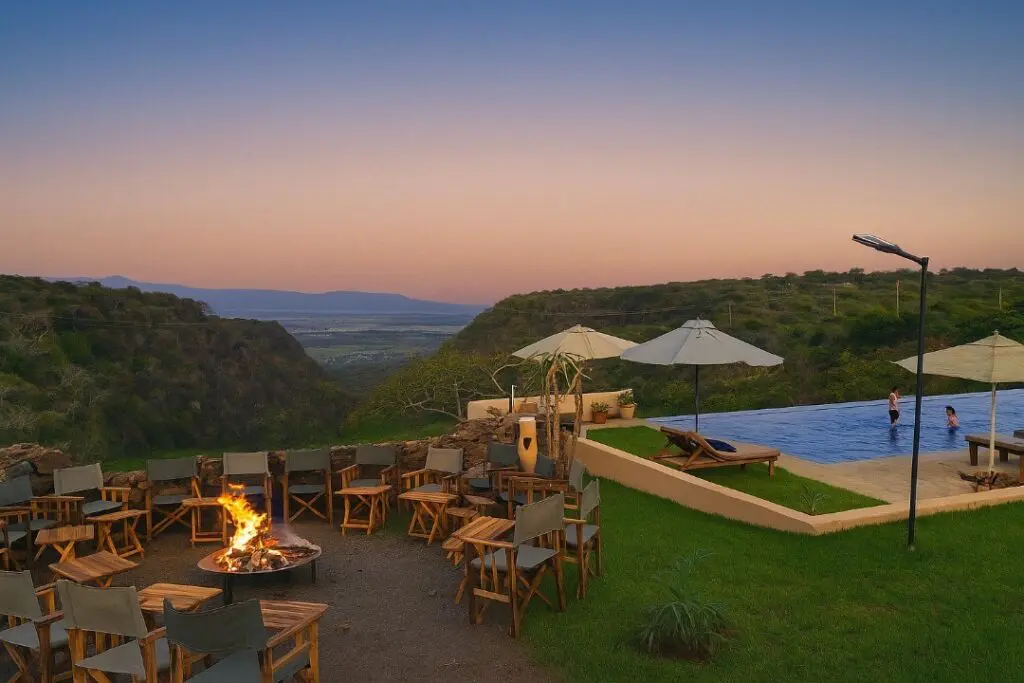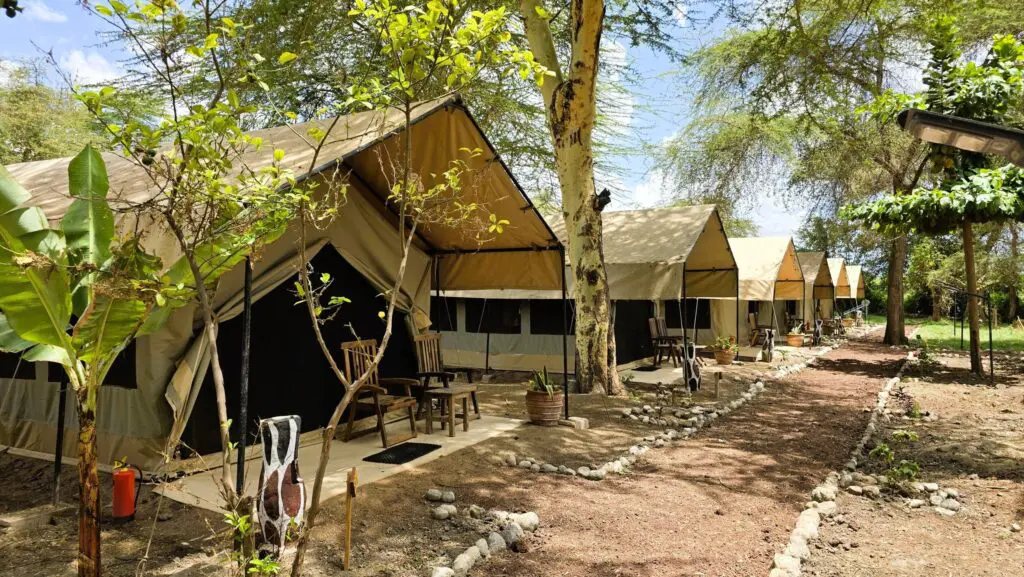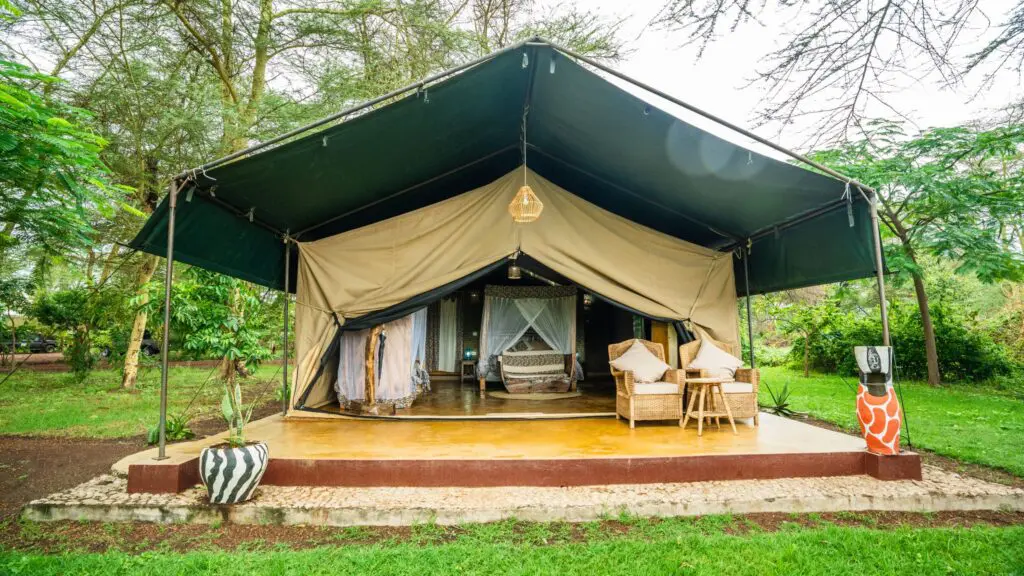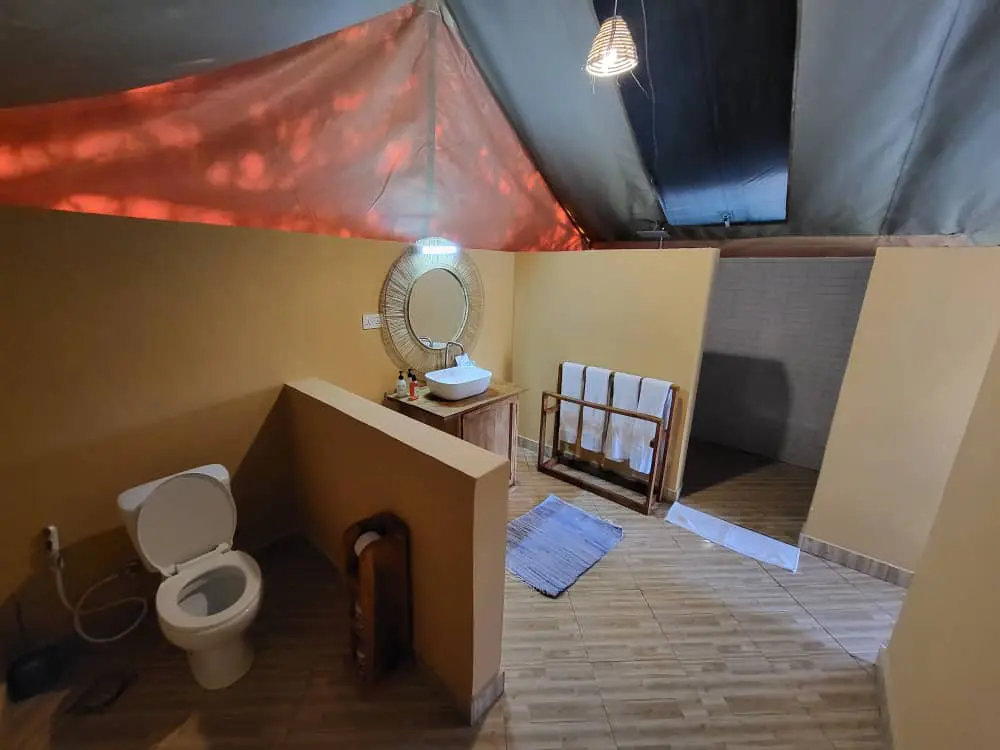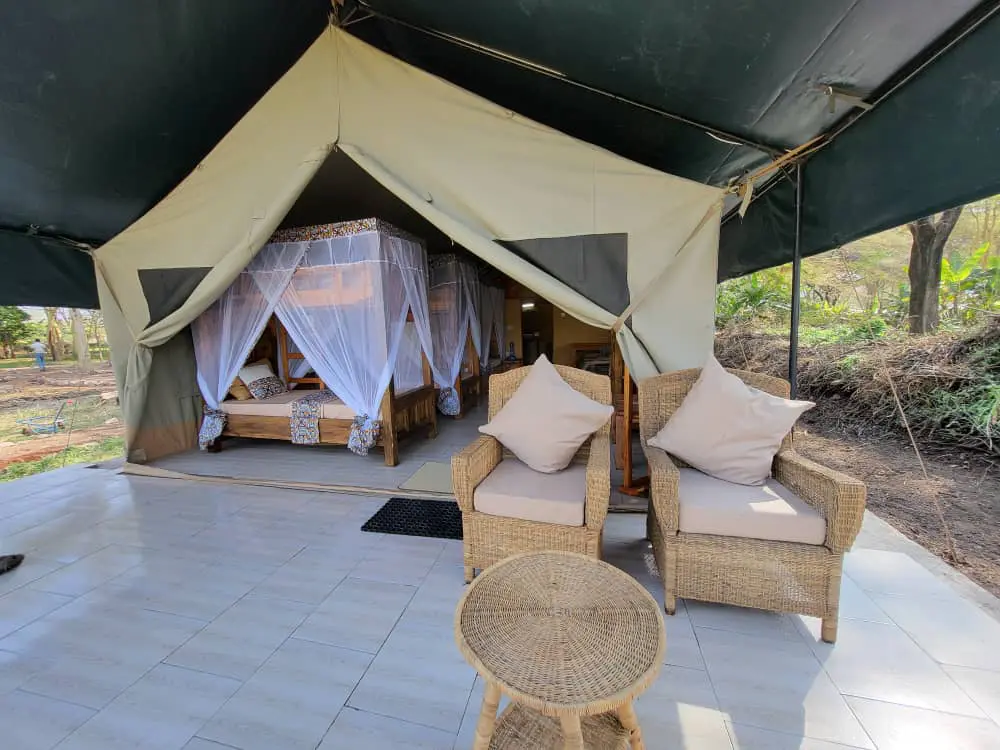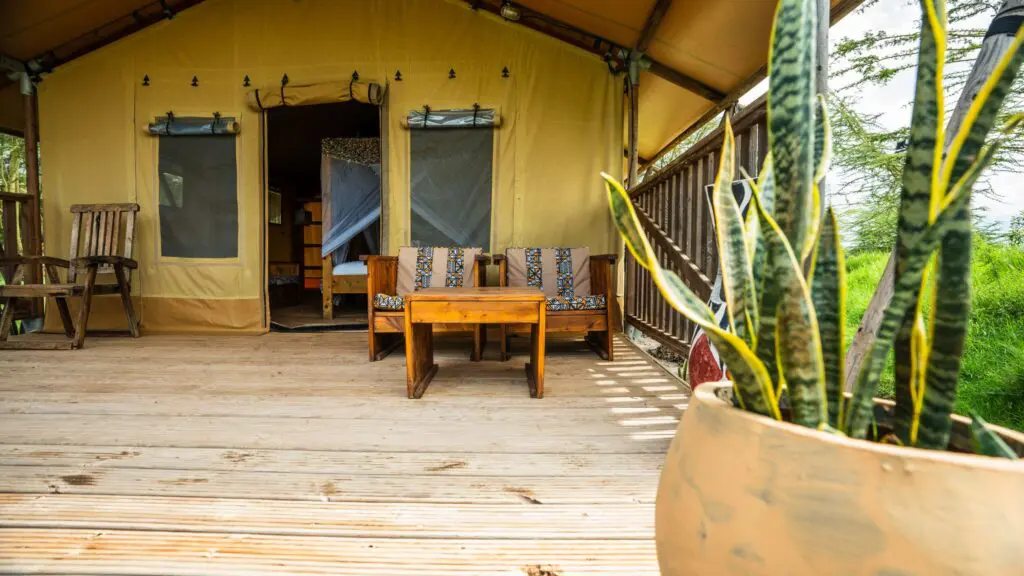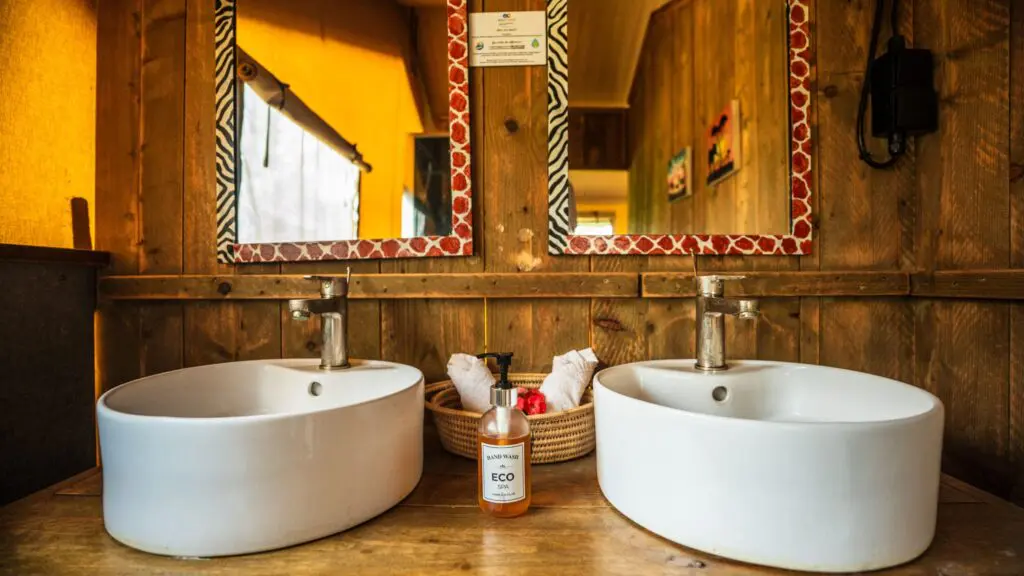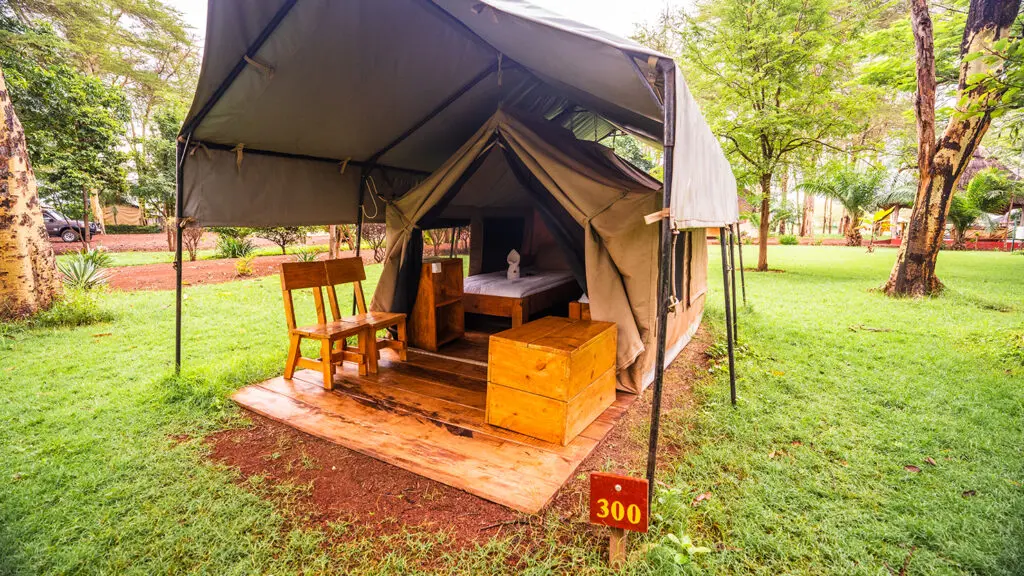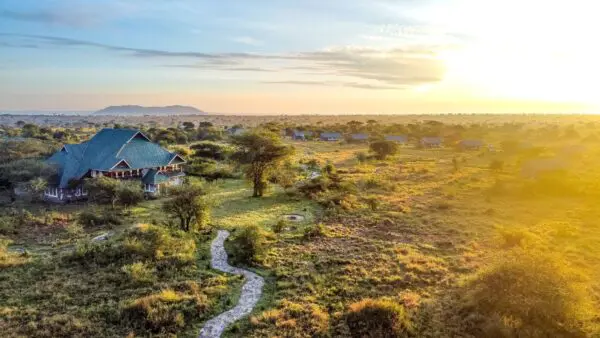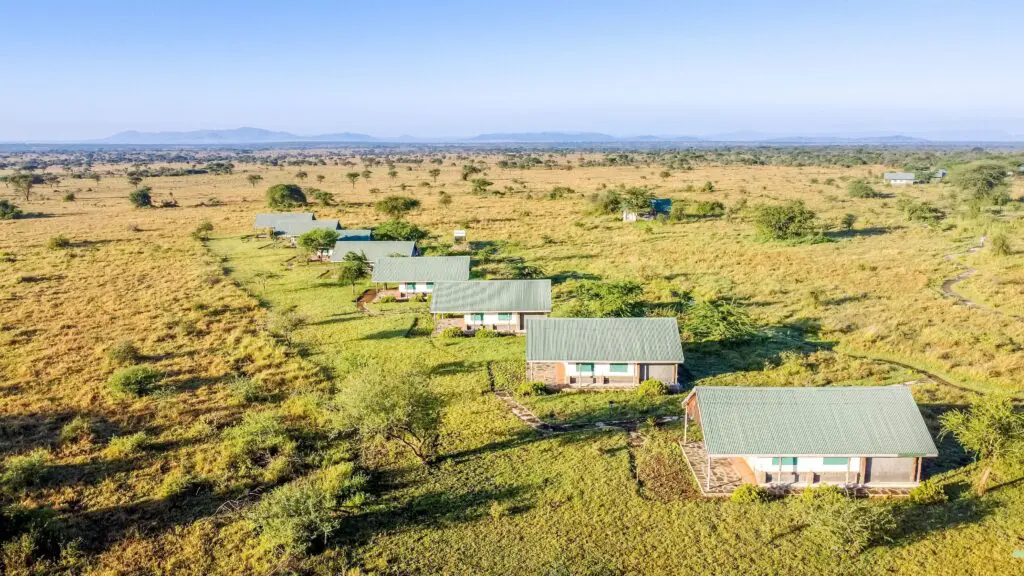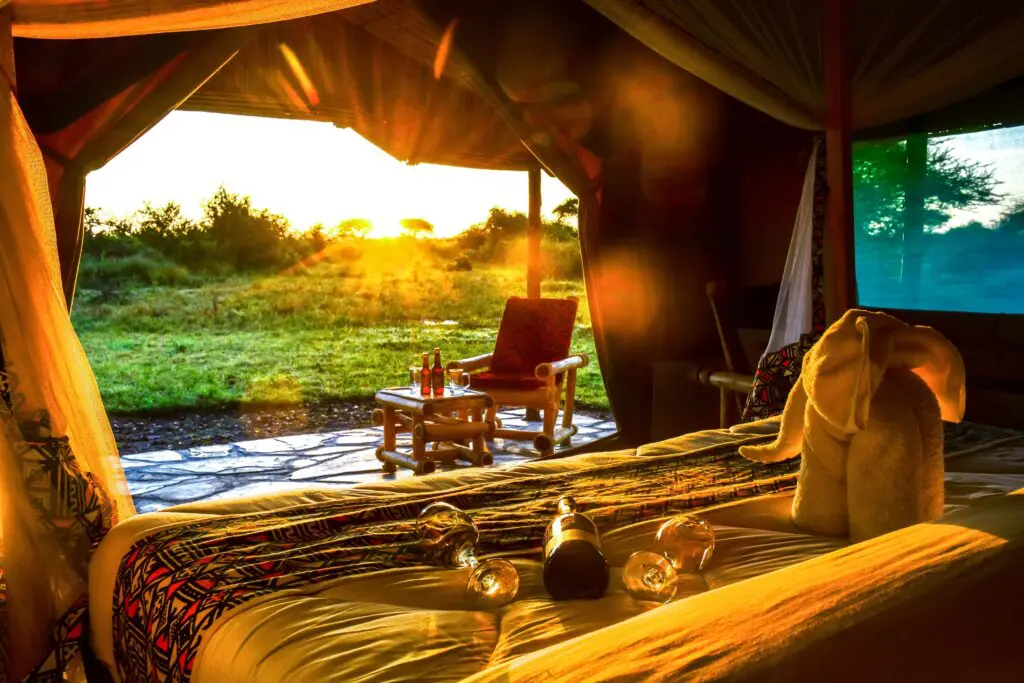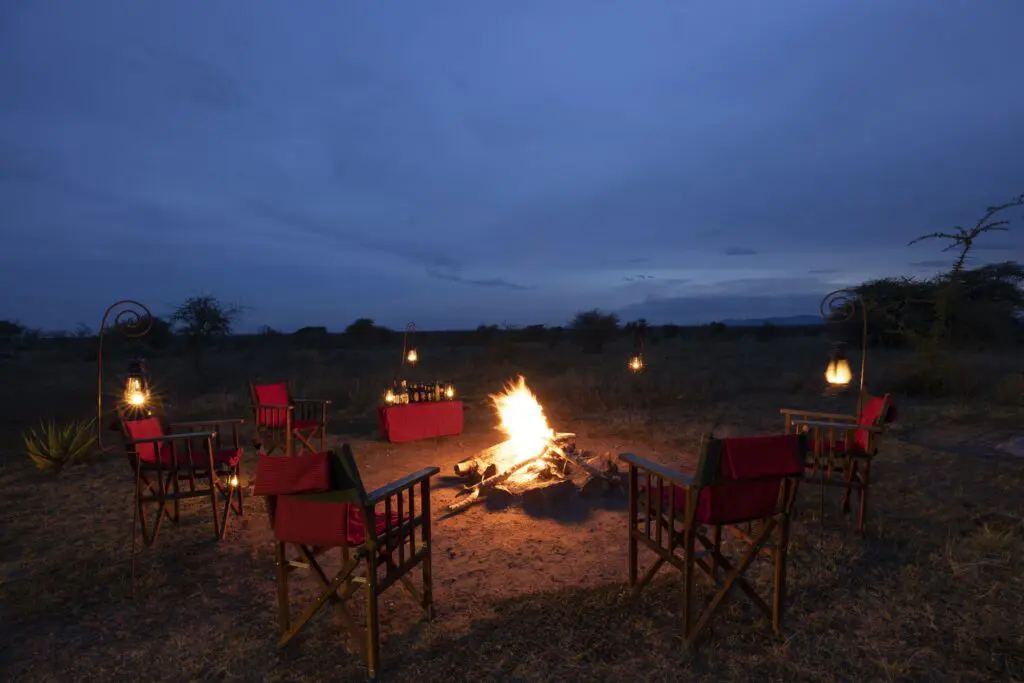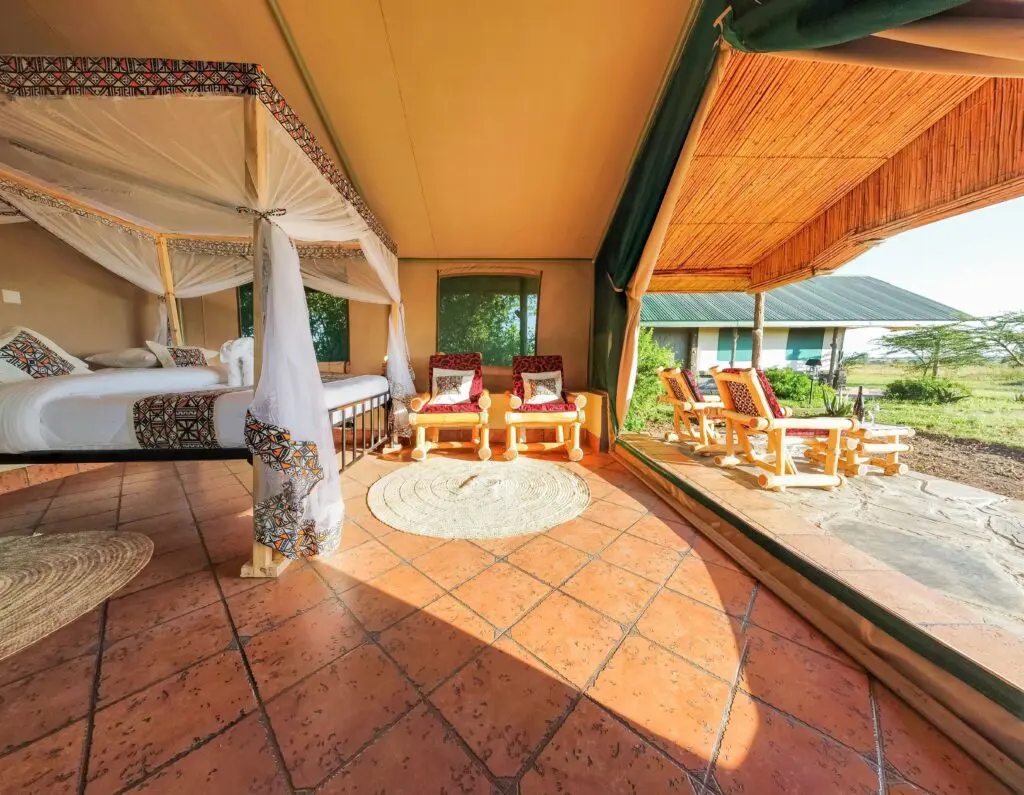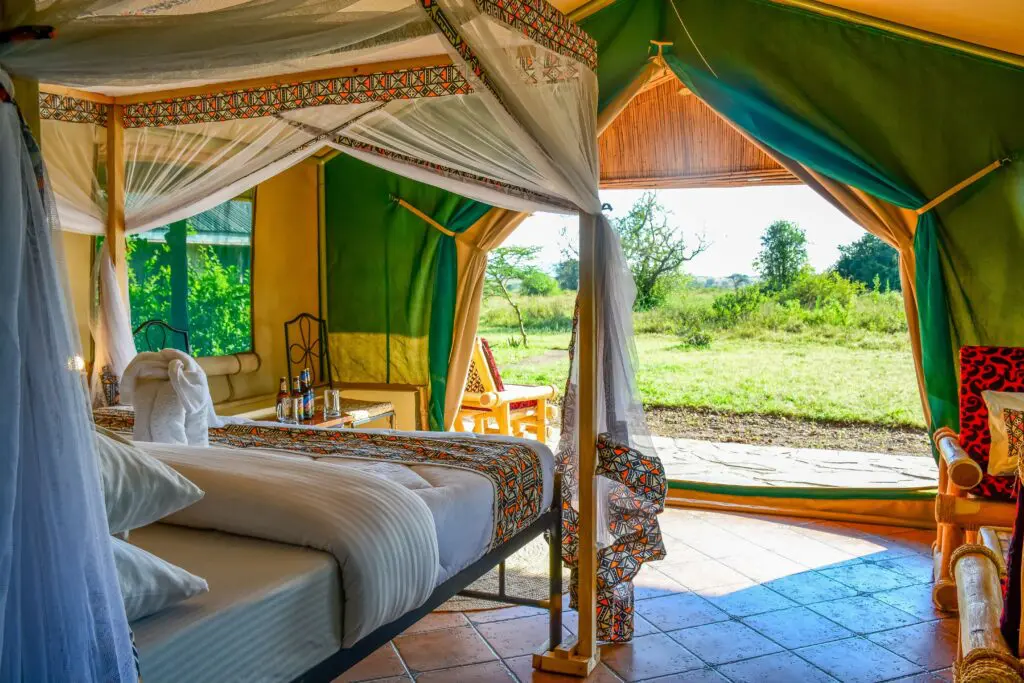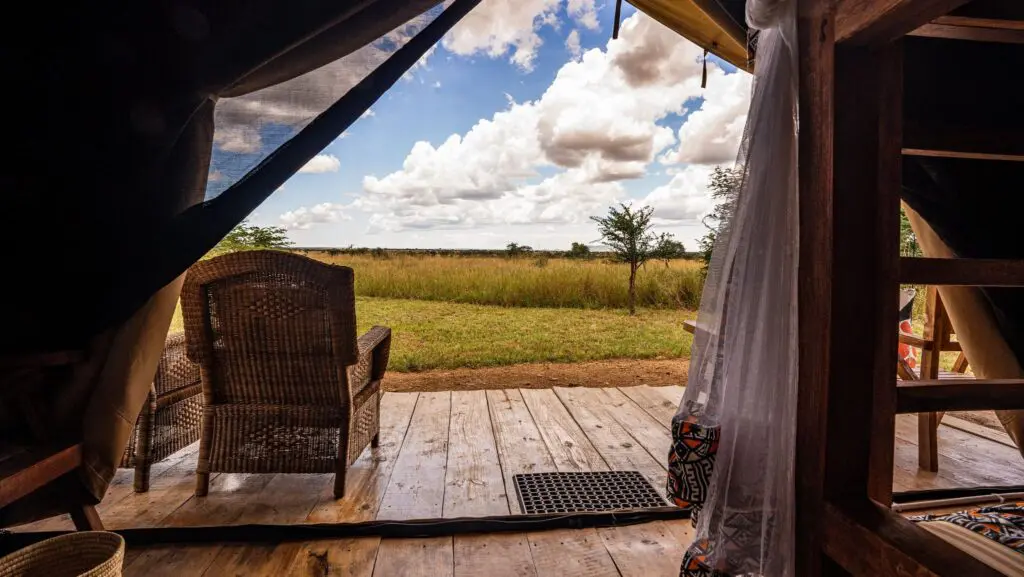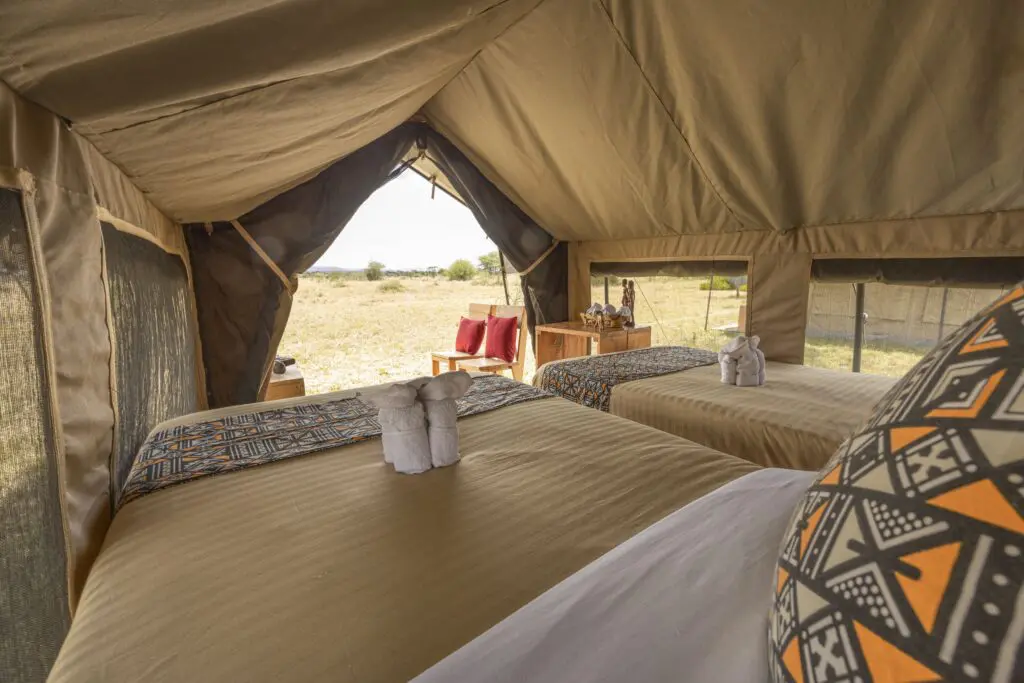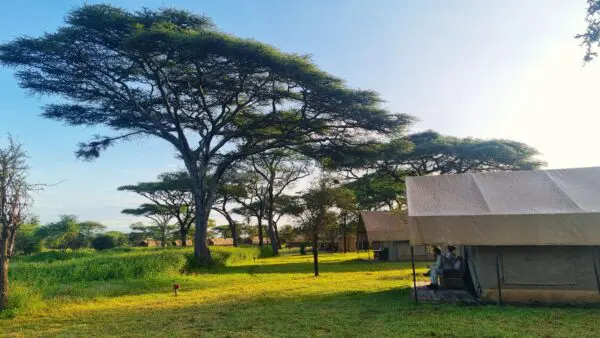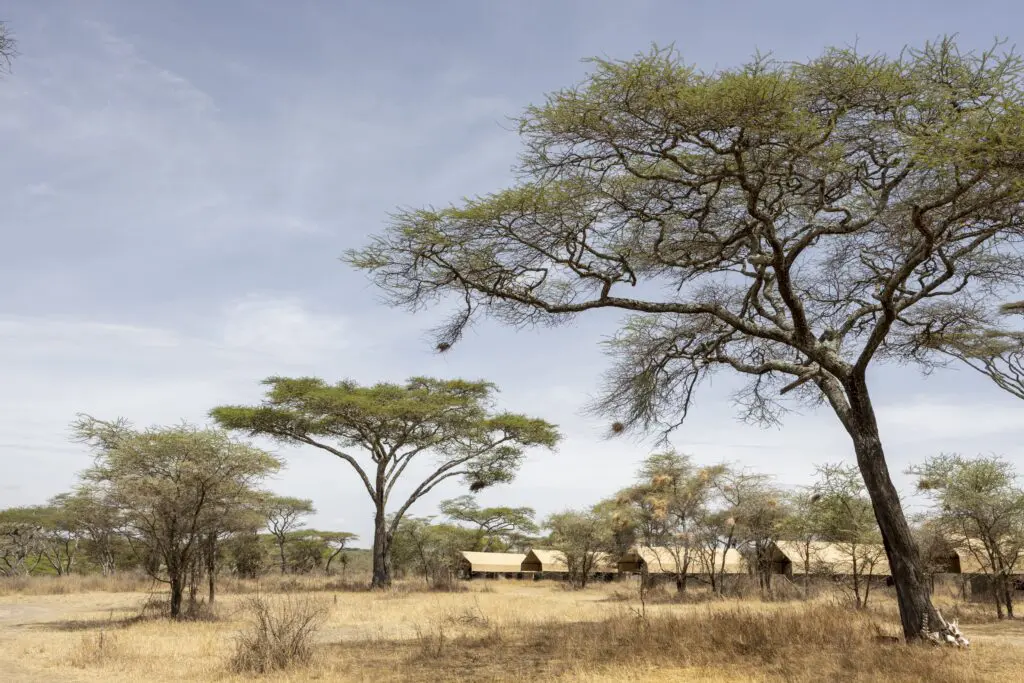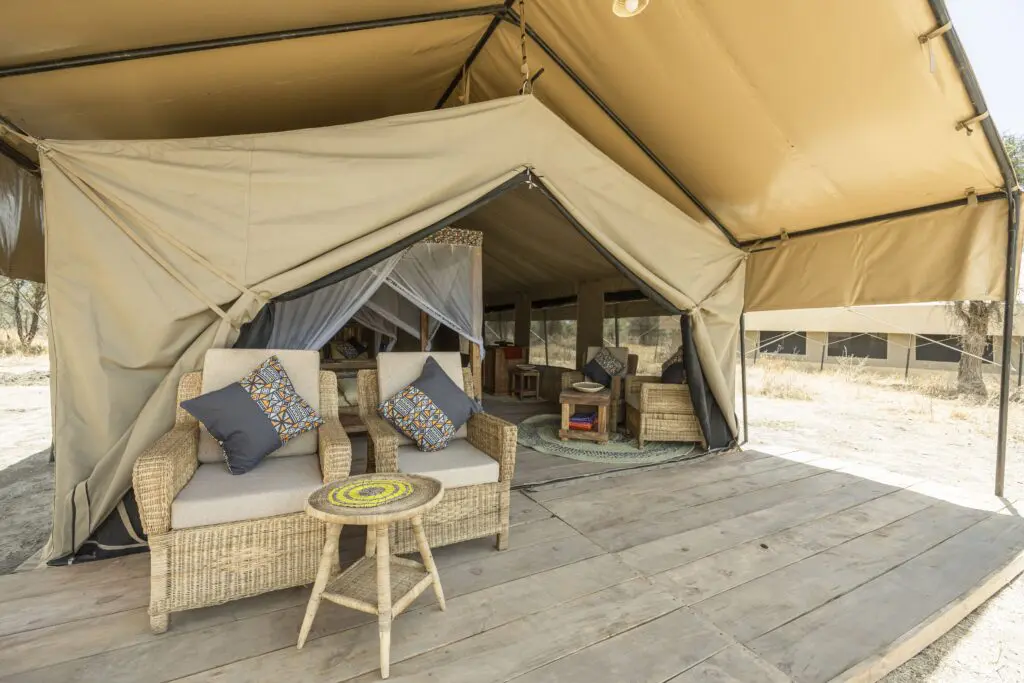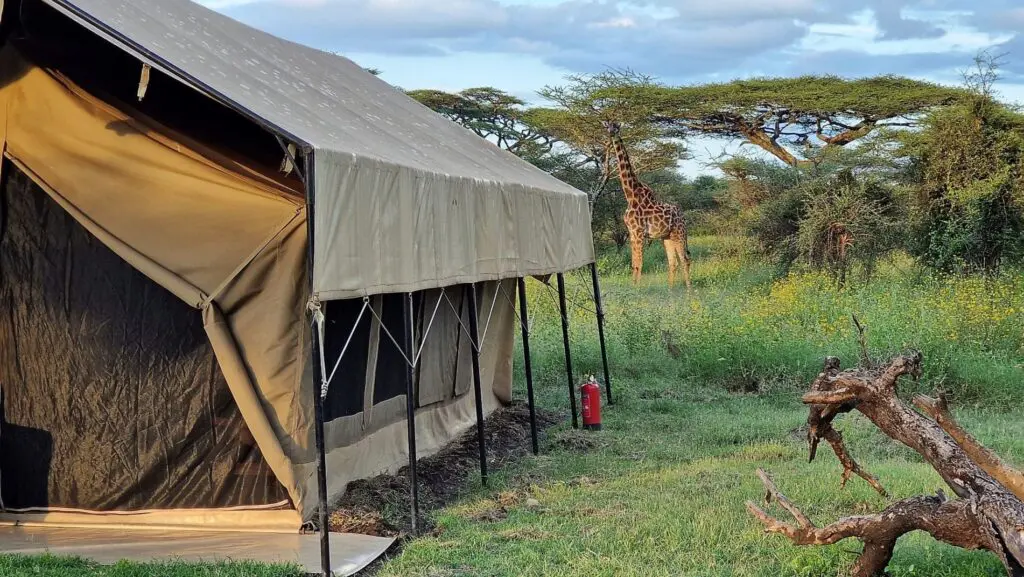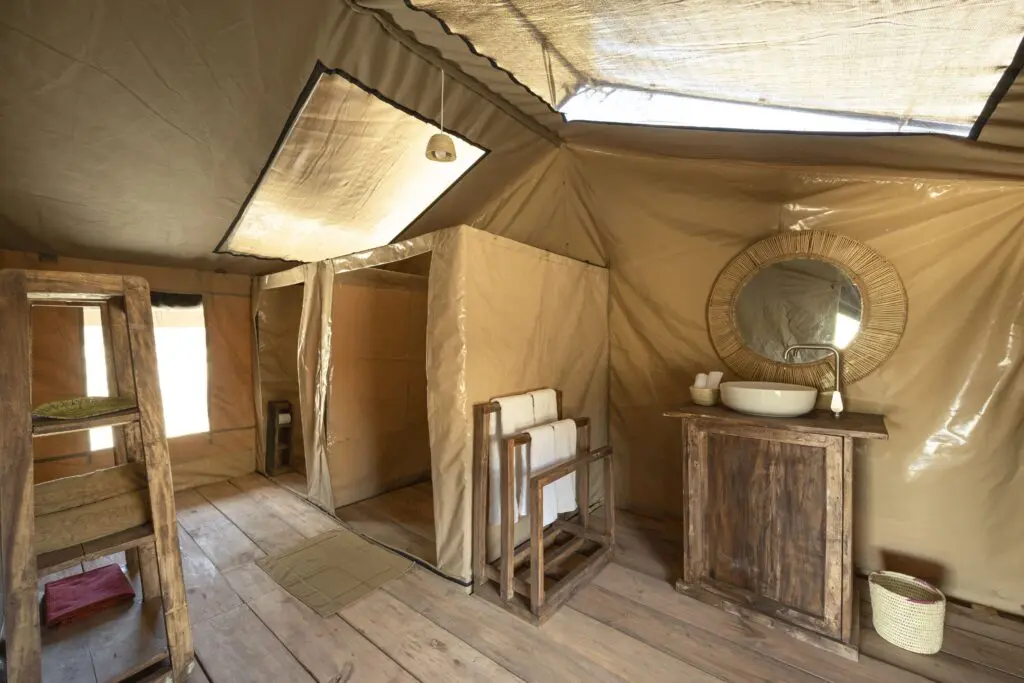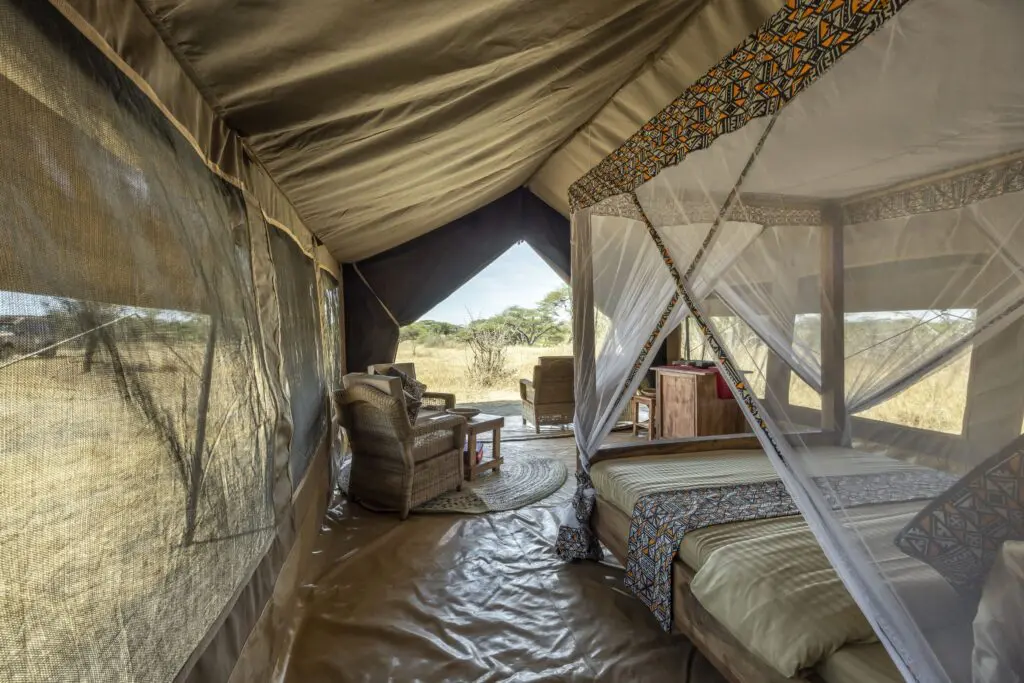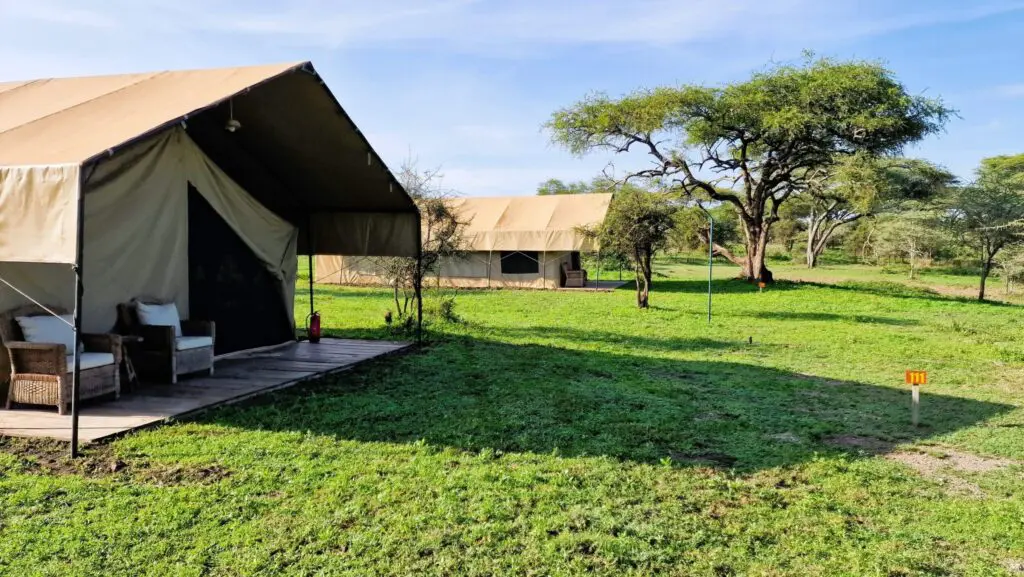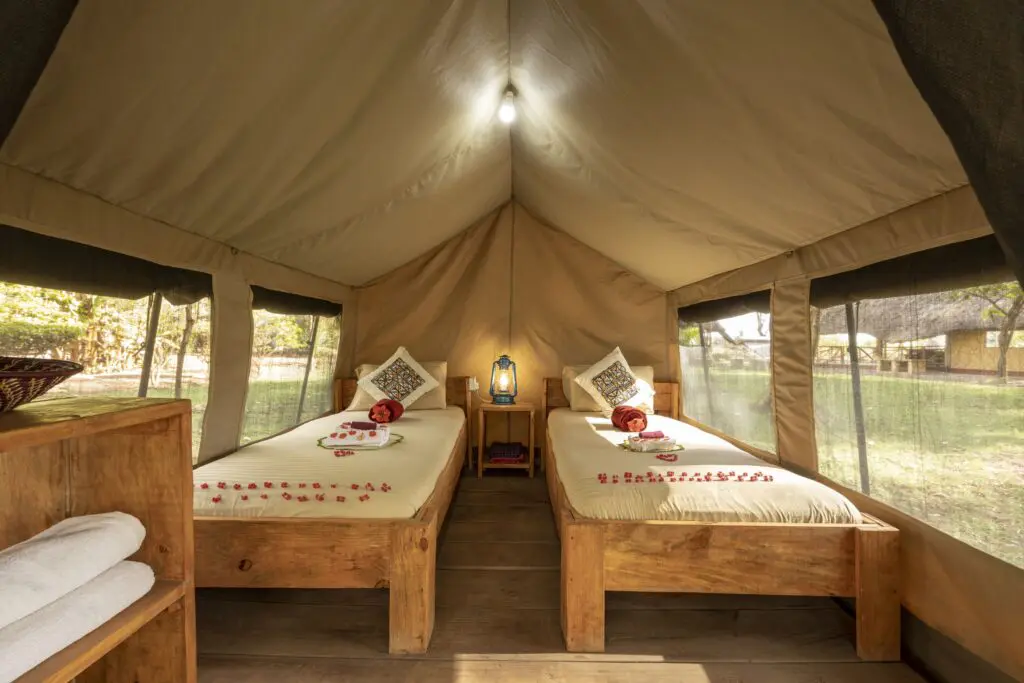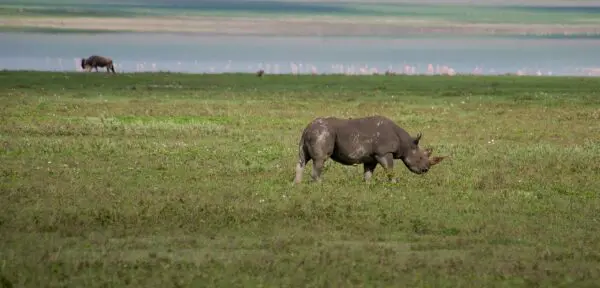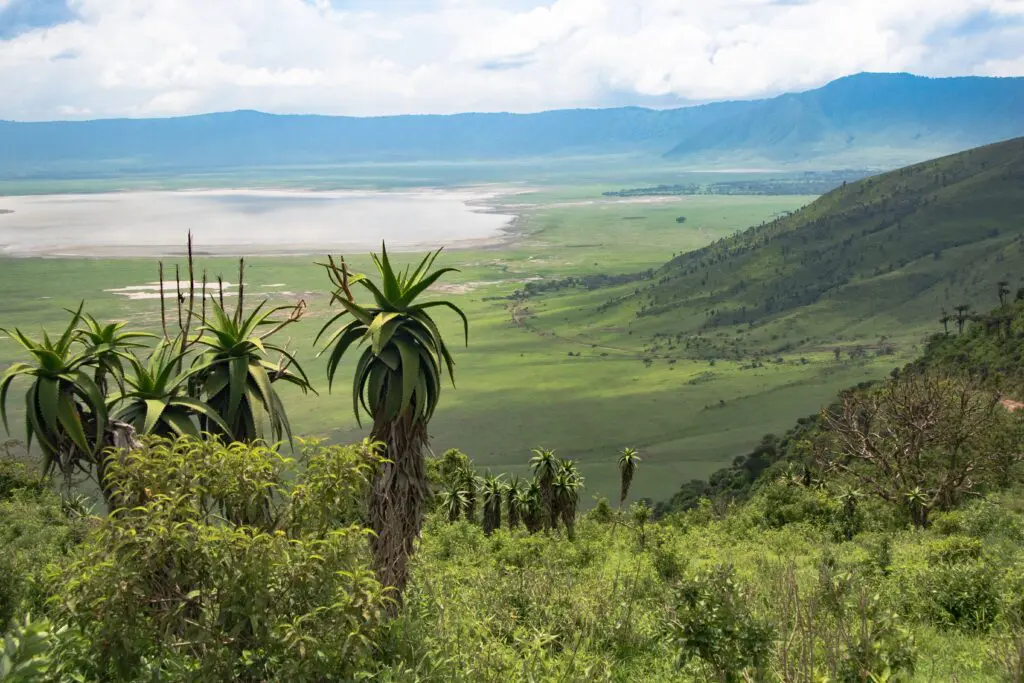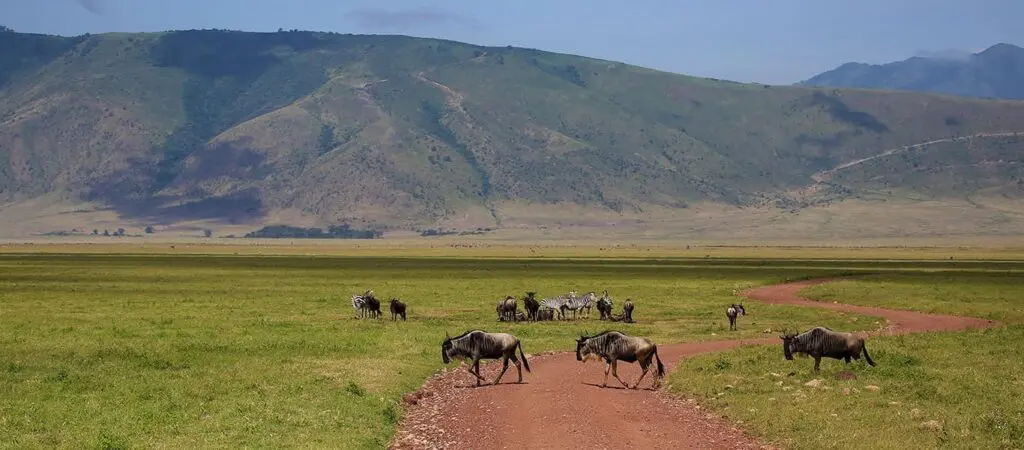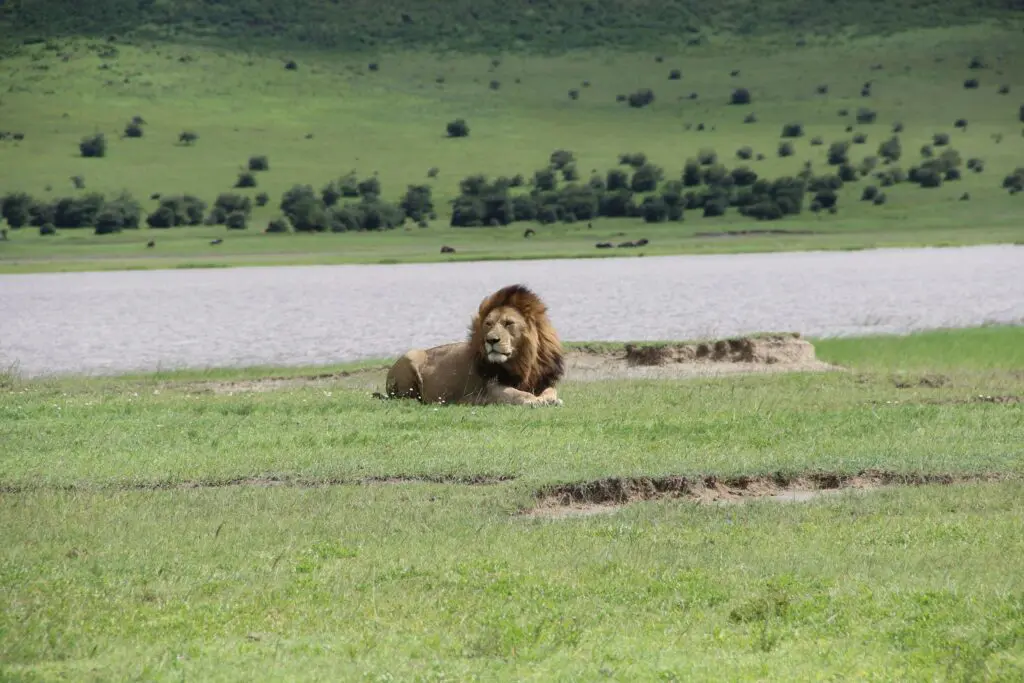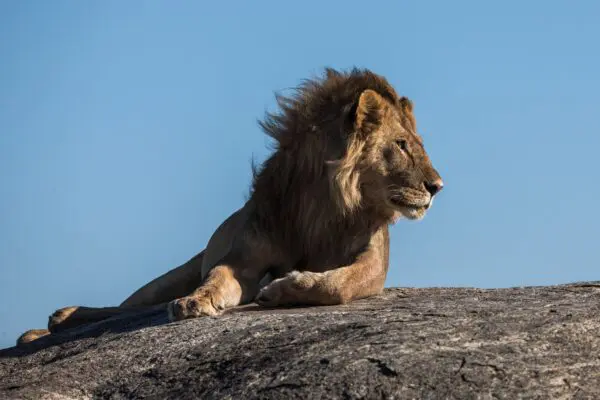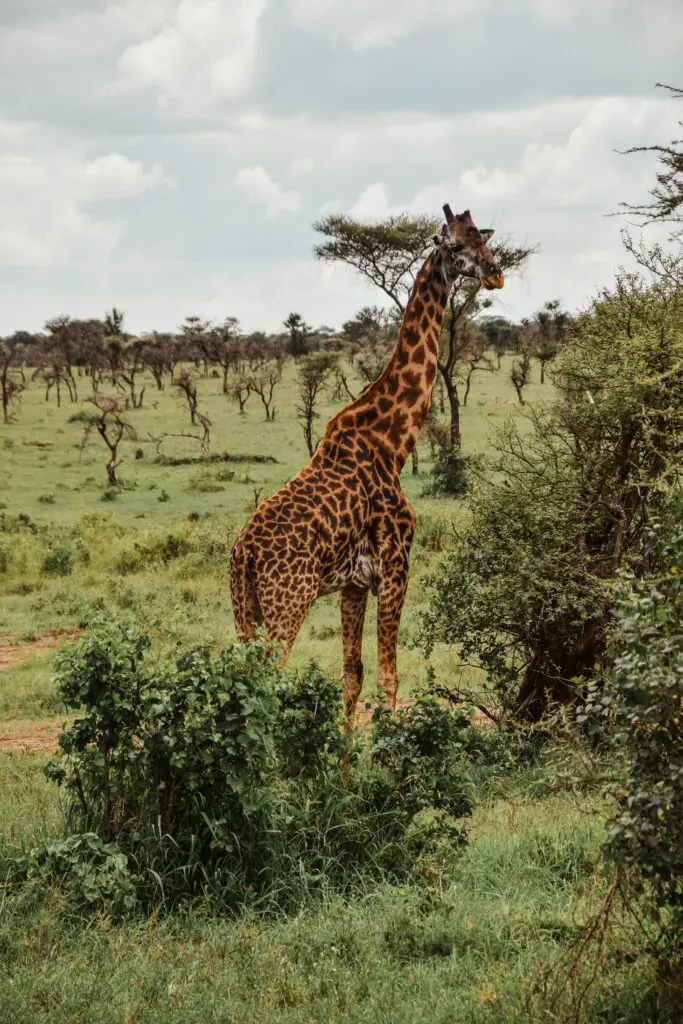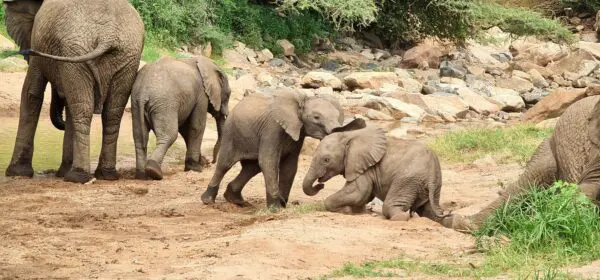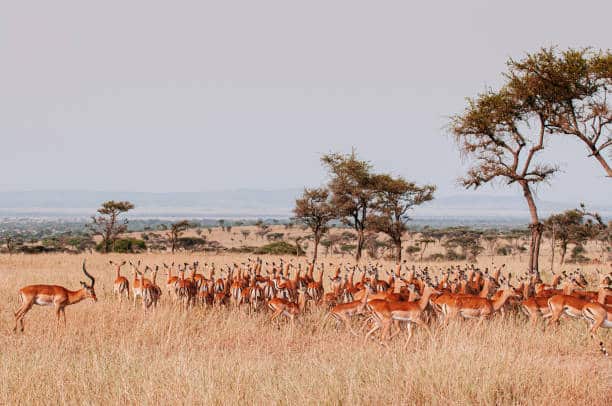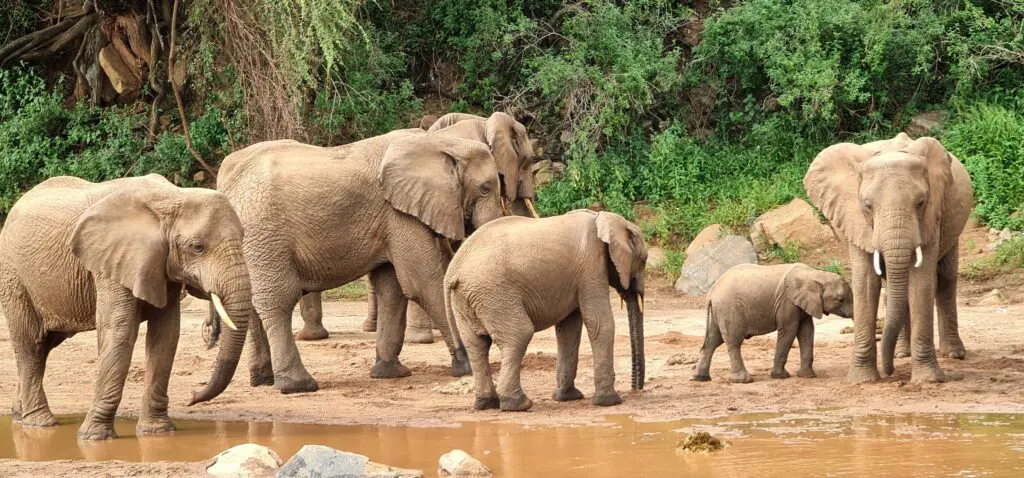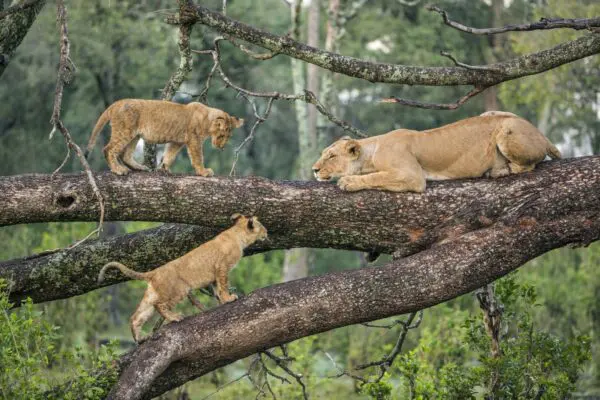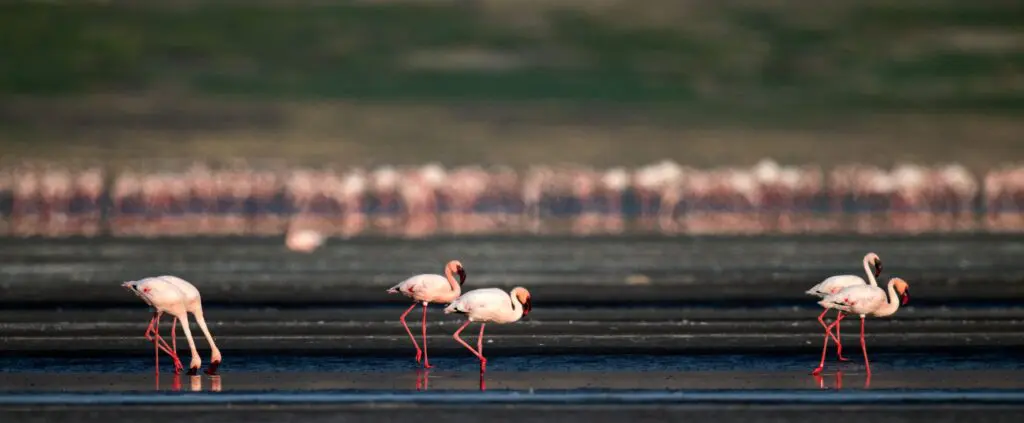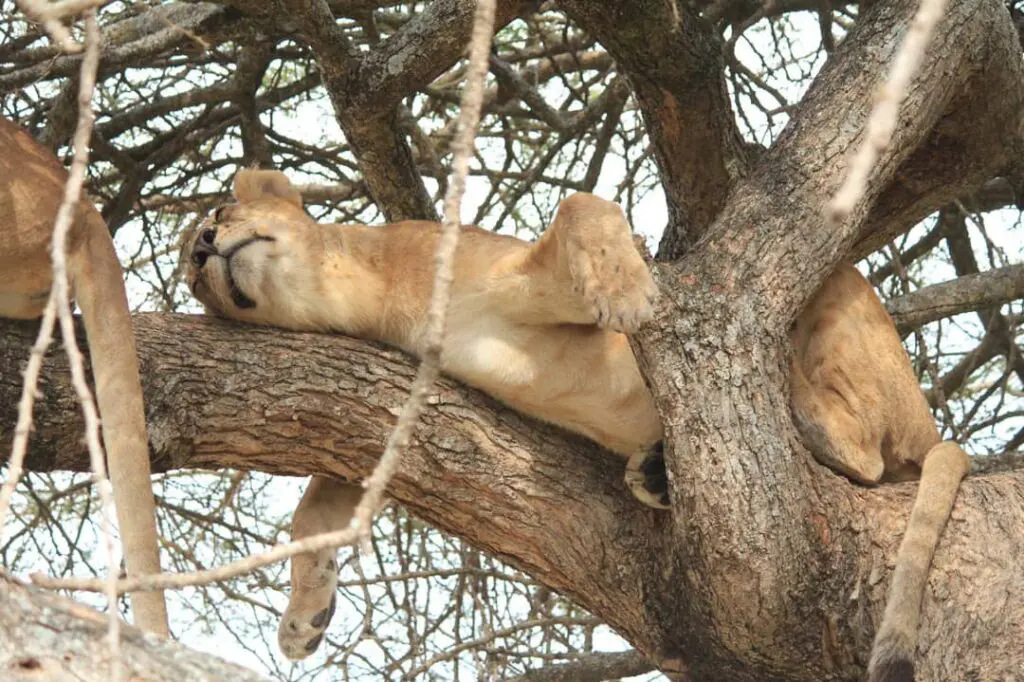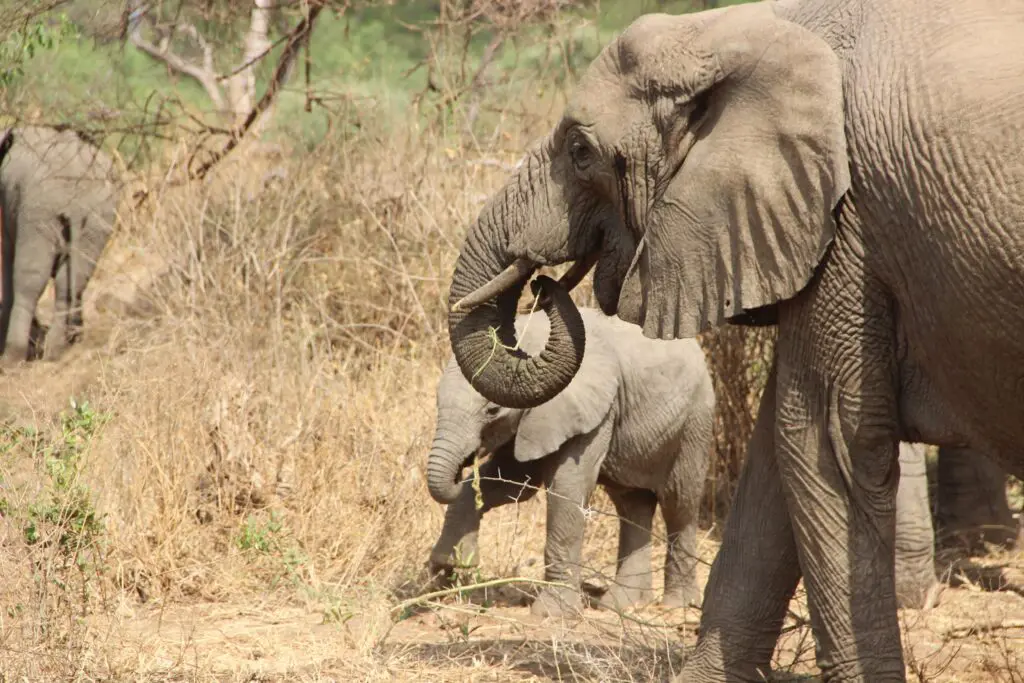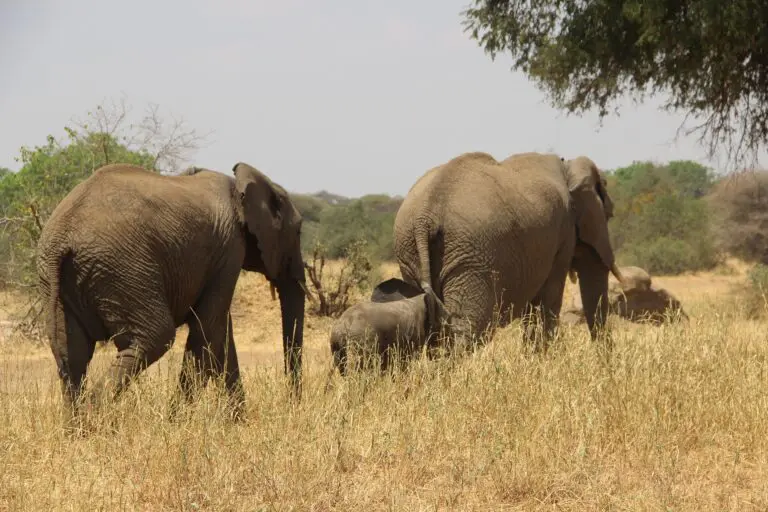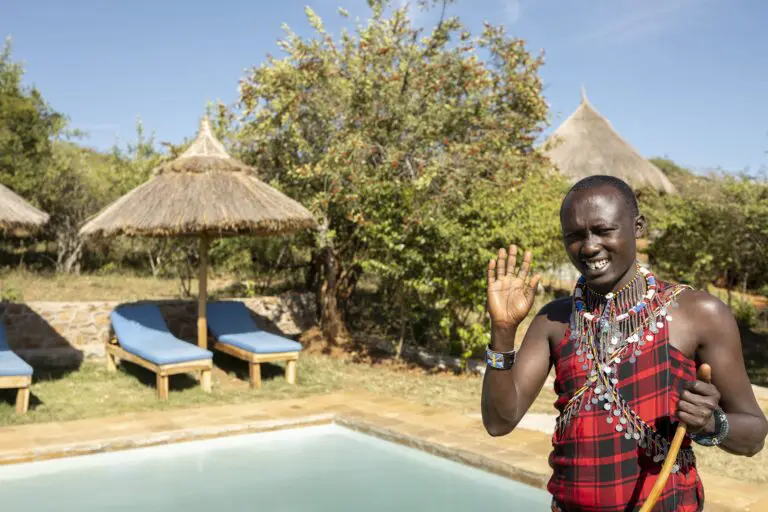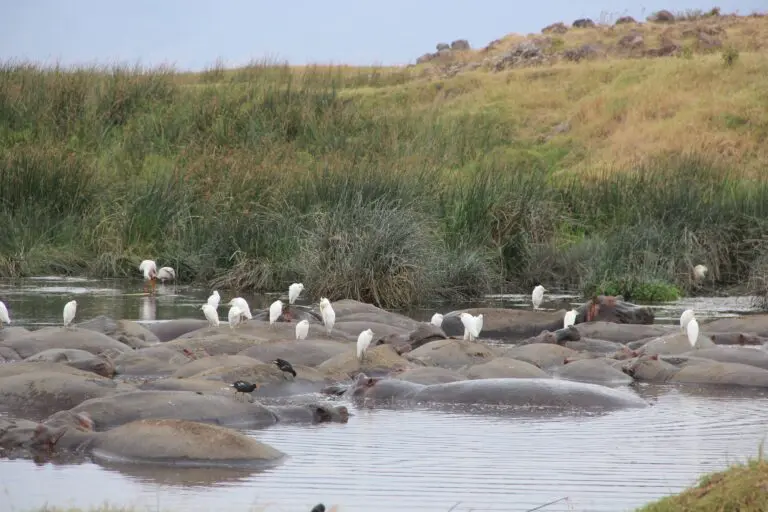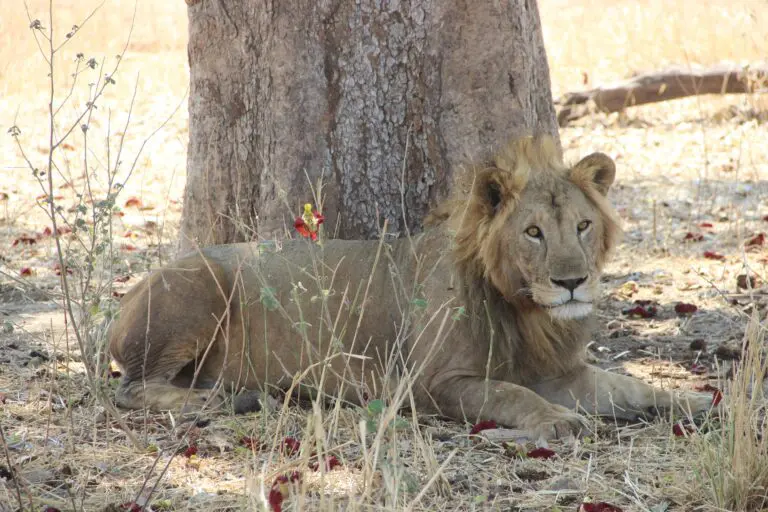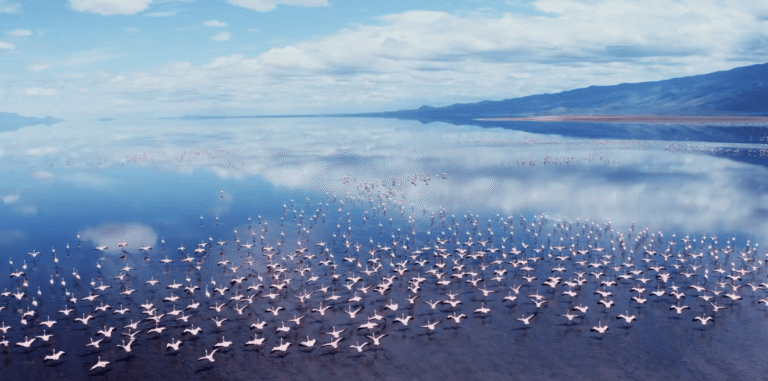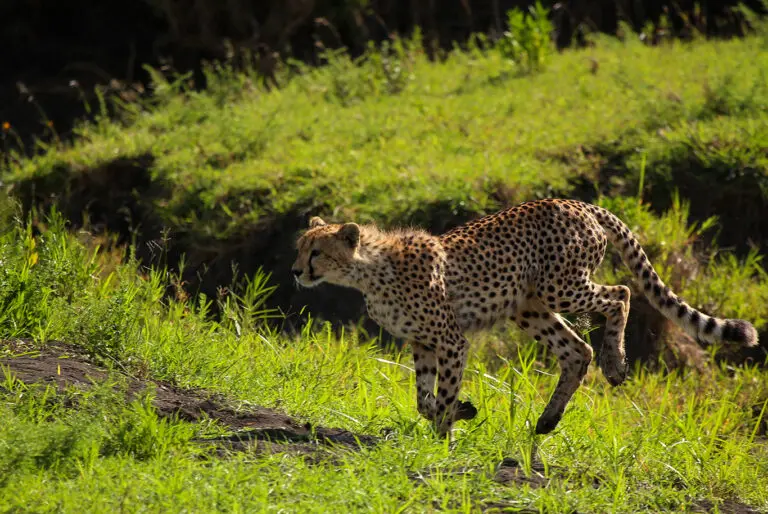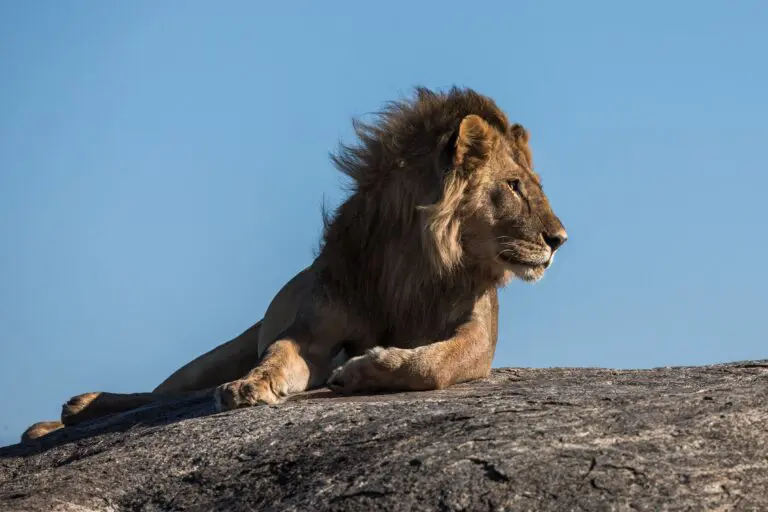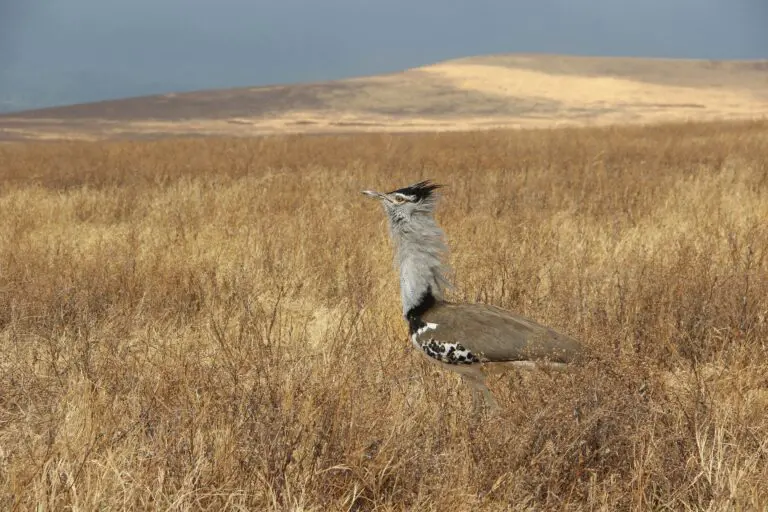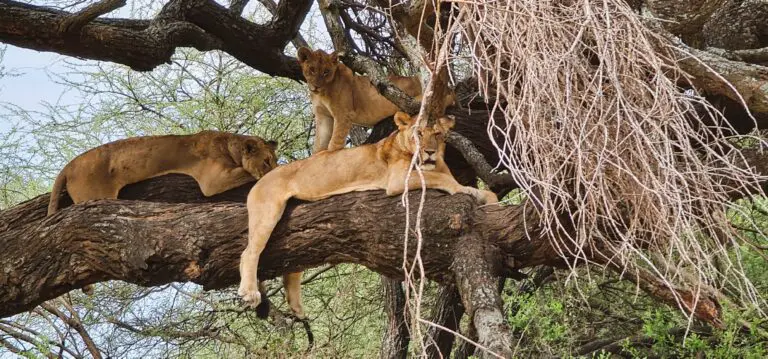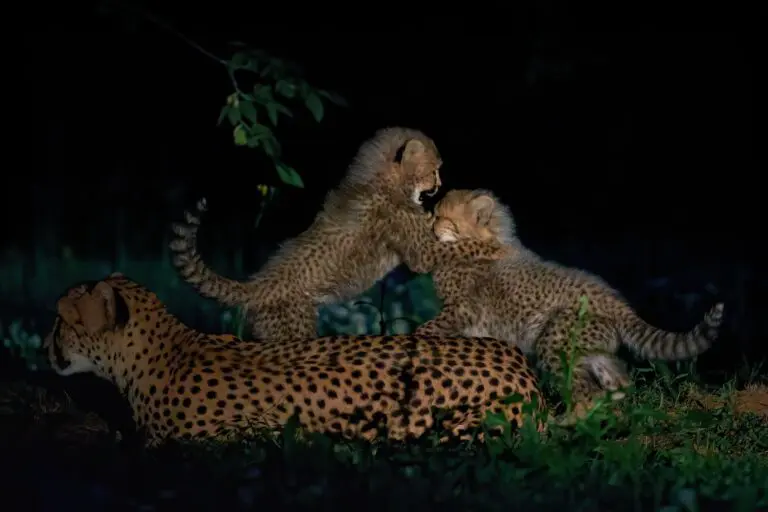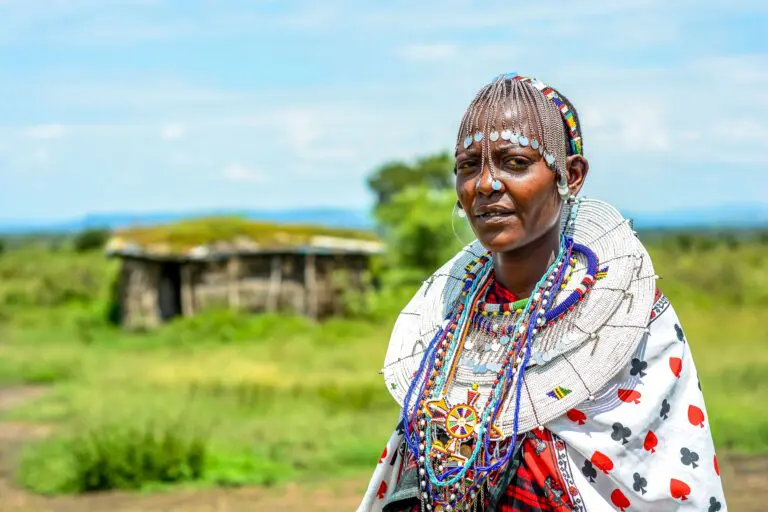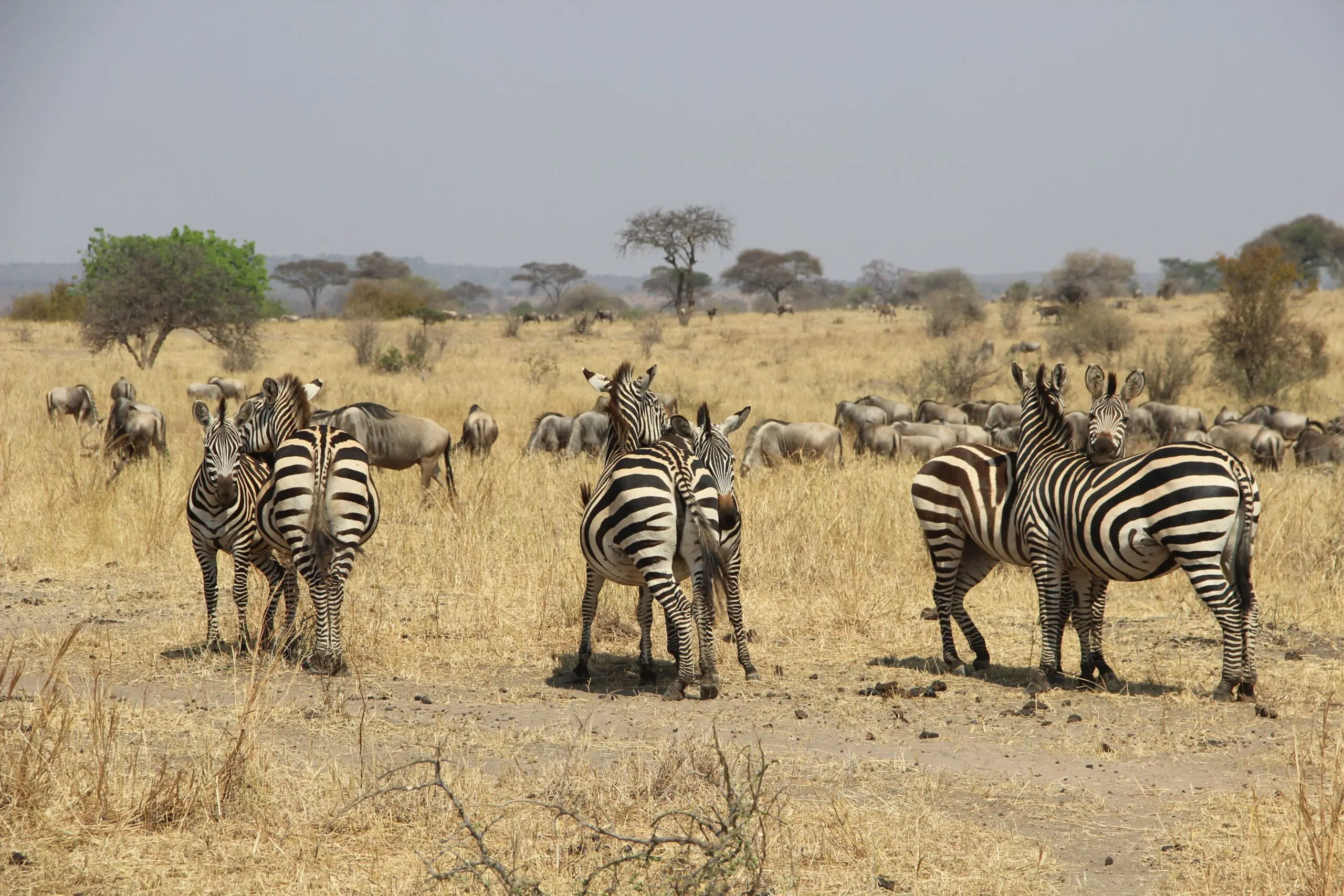
Highlights Northern Tanzania
6 Days | Highlights Northern Tanzania
East Africa at its best
With this 6-day safari adventure, discover the best of the northern parks in 1 roundtrip! Feast your eyes on Tarangire National Park and Lake Manyara National Park. Two completely different nature reserves, both with their own highlights. Large herds of elephants in a landscape full of Baobab trees and tree-climbing lions to a lake full of flamingos.
Highlights
- Ngorongoro Crater
- Lake Manyara National Park
- Serengeti National Park
- Walking safari
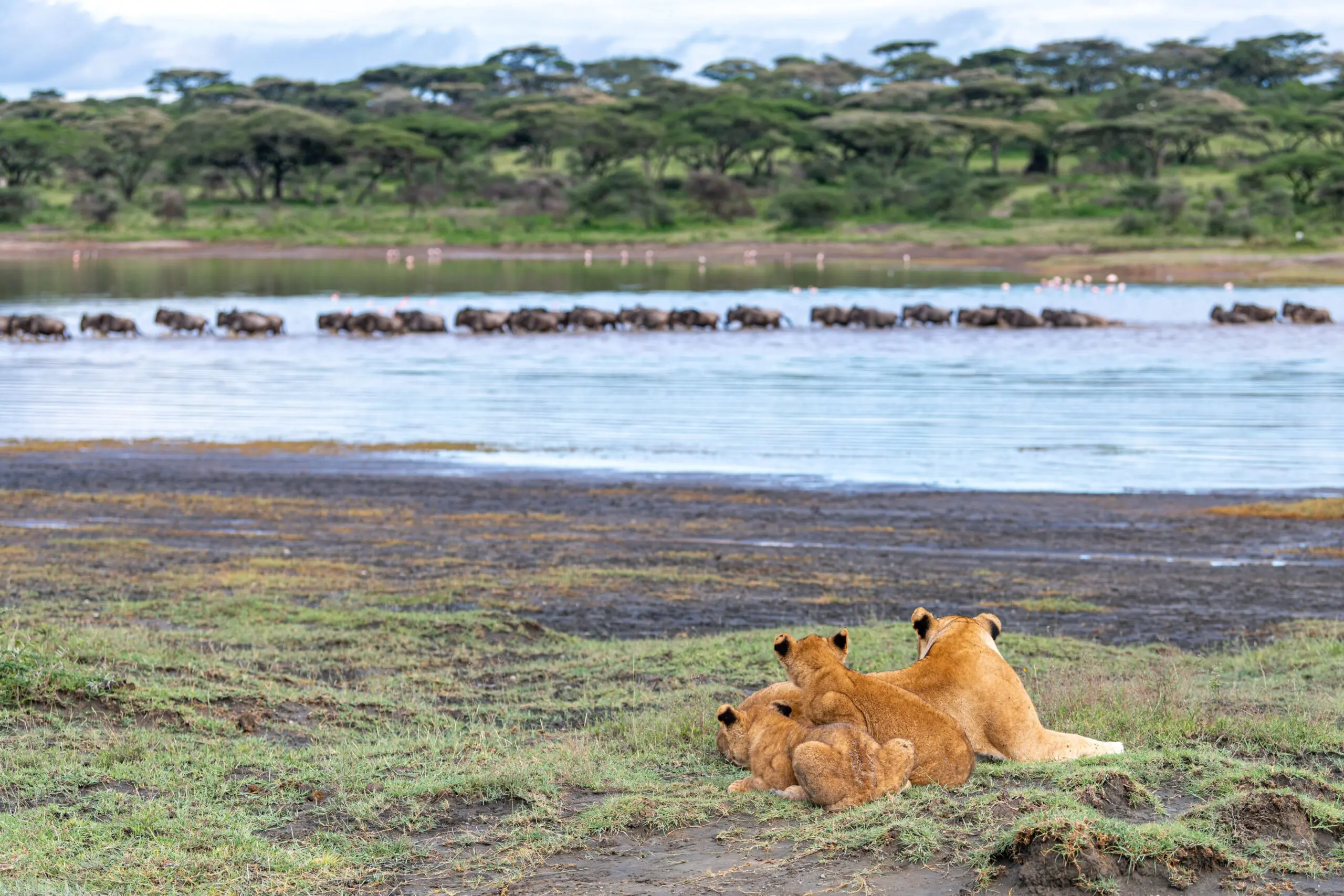
Prices
-
2 persons
in 1 room € 2.092,- p.p. -
4 persons
in 2 rooms € 1.685,- p.p. -
6 persons
in 3 rooms € 1.550,- p.p.
Including ia
- Water in the safari jeep
- Pick-up & Drop-off at the airport or in Arusha
- Park fees for the national parks described
- African 4×4 safari jeep with pop-up roof and large windows
Features & FAQ
A safari and stay in Tanzania is completely safe. All our drivers and guides are experts in this field and have undergone extensive training to properly handle nature and animals. All necessary precautions are also taken at our accommodations to provide you with a safe place to stay.
No, this is unfortunately not possible. Due to the safety of you and the wildlife, it is not allowed to drive around on your own. A specialized guide and driver is therefore always included in our tours.
You can choose this for yourself. We offer tents or bungalows at all our resorts with private bathrooms, good beds and electricity. We also offer budget-proof safari tents at some resorts. These are more basic and have a shared bathroom. In addition, many of our resorts feature a swimming pool, restaurant, gym and public area with Wi-Fi.
Yes, there are differences in animals between northern and southern Tanzania, although they largely overlap. Both regions offer impressive wildlife experiences, but the type of landscape, concentration of animals and the way you experience them differ. Here's a clear overview:
- In northern Tanzania, you'll find iconic nature reserves such as the Serengeti and Ngorongoro Crater. Here you will see large herds of wildebeest and zebra during the Great Migration, impressive lion prides, and have the best chance of spotting the rhinoceros, one of the few places in Africa where you can complete the Big Five.
- Southern Tanzania is loved precisely for its tranquility, vast landscapes and adventurous safari style. In parks such as Nyerere and Mikumi you will encounter few other vehicles, but you will see many elephants, hippos and unique species. In particular, the rare wild dog is regularly seen here, something almost unheard of in the north.
In Tanzania, the Big Five: lion, elephant, buffalo, leopard and rhino, are best spotted in northern Tanzania.
You go on a private trip, alone or with your travel company. So you will not travel in a group. Our experienced and knowledgeable driver, who is also your guide, will proudly show you Tanzania.
Do you prefer to travel with a mixed group? Then take a look at the possibilities at our Group Tours and Shared Safaris.
For ages 5 and up, everyone is welcome to join the safari!
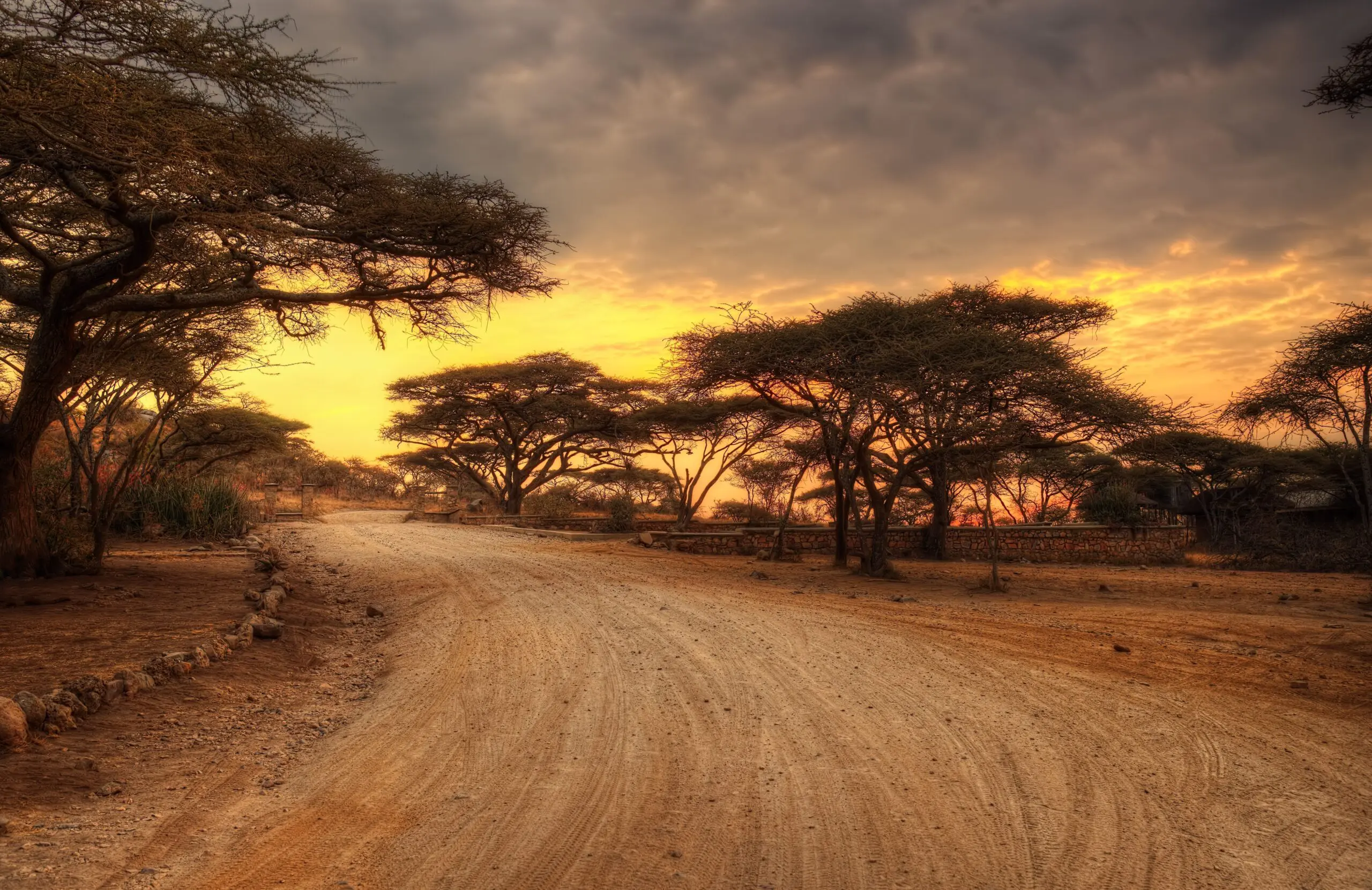
Itinerary summary
Day 01 – Start | Game drive in Tarangire NP
Day 02 – Game drive in Lake Manyara NP
Day 03 – Roadtrip & game drive in Serengeti NP
Day 04 – Morning game drive in Ikona & Hiking safari
Day 05 – Game drive in Serengeti NP
Day 06 – Game drive in Ngorongoro Crater | Transfer to Arusha
Day 1 | Your first game drive in Tarangire National Park
After being picked up by your private driver, your day begins with a game drive in Tarangire National Park. This park is about a 2-hour drive from Arusha and is named after the Tarangire River, the park's lifeline. Tarangire National Park has Africa's largest population of elephants and the second largest population of lions. Baobab trees abound in the park and can be easily spotted for their distinctive silhouettes against the blue sky. In the evening, head to Africa Safari Lake Manyara where you will spend the night in a comfortable safari tent. You can take a dip in the pool and enjoy a drink at the bar during sunset.
Day 2 | Lake Manyara National Park.
Awaken to all the bird sounds and watch the zebras and wildebeest grazing at leisure around your tent. After a delicious breakfast, hop back into your safari jeep for your next game drive in Lake Manyara National Park. At 325 square kilometers, Lake Manyara National Park is certainly small by Tanzanian standards, but don't let that deter you. It is simply amazing. Bordered by the dramatic Rift Valley, the rest of the park is a beautiful mix of grassy plains, enchanting evergreen forest, acacia forests and sparkling water sources. And of course Lake Manyara itself, a shimmering alkaline pool that expands and contracts with the seasons. Here you'll find a large population of flamingos. In the afternoon you will drive back to Africa Safari Lake Manyara where you will once again spend the night in your spacious comfortable safari tent.
Day 3 | Time for Africa's most famous national park, Serengeti National Park
On day three, you will set off for Serengeti National Park. After a few hours of driving, we are greeted by the Serengeti, one of Africa's most iconic wildlife parks. The Serengeti is home to many different types of game, including lions, elephants, buffalo and more. During the game drive through the park, we stop to view the animals in their natural habitat. You will learn all about their lifestyle and the threats they face in their habitat. By evening we arrive at Africa Safari Ikoma where you will spend the night in a comfortable tent overlooking the vast grassy plains.
Day 4 | Game drive in Ikona WMA & Walking safari
Wake up as the first rays of sunlight penetrate your tent. Open the tent and watch the giraffes pass gracefully by. You couldn't wish for a better start to the day. Today we start the day with a game drive in the Ikoma Wildlife Management Area. This area is home to a variety of wildlife across 242 square kilometers of pristine wilderness, including herds of elephant, waterbuck, black and white colobus monkeys, shy leopards and both Greater and Lesser Kudu. In the afternoon we explore the area on foot with a ranger (walking safari) and you can ask questions about the wildlife, plants and geology of the park. You will learn all about the local people who live so close to the border of the Serengeti. A truly unique experience! Fully satisfied, you will return to Africa Safari Serengeti Ikoma for a delicious dinner at the restaurant.
Day 5 | From Central to South Serengeti NP
Can't get enough of Serengeti National Park either? Lucky you, because today you'll go on another game drive in the Serengeti NP, home to every member of the Big Five. You can ask the guide what you want to explore; each piece of Serengeti offers something unique. Whether it's watching rhinos stroll through the bush at Kopjes or losing your breath at the sight of big cats hunting their prey. In the late afternoon you will depart for Ndutu/South Serengeti where you will stay overnight at Africa Safari South Serengeti. The area is famous for the calf season of the Great Migration, an absolute highlight of the annual wildebeest migration.
Day 6 | Game drive in the Ngorongoro Crater
Leave Serengeti National Park behind and discover the Ngorongoro Conservation Area. After a scenic drive, you will arrive at the world-famous Ngorongoro Crater. First admire this natural wonder from above, then descend for a beautiful game drive with a picnic lunch. The hollow bowl-shaped crater, a UNESCO World Heritage Site, is actually a caldera, formed two to three million years ago when a large volcano exploded and collapsed in on itself. Today, this "flat pan" is covered in grass and home to an unprecedented number of wildlife, including black rhino, lions, magnificent elephants and smaller game. Due to the altitude of the Ngorongoro area, there is more rainfall throughout the year, so most animals do not have to migrate. With any luck, the "Big Five" can be spotted during a single game drive. After this exciting and impressive game drive you will return to Arusha.
Africa Safari Manyara Escarpment
Where nature and the most beautiful views meet
Located on the outskirts of Mto wa Mbu on the back of Rift Valley, Africa Safari Manyara Escarpment offers a breathtaking stay where nature meets comfort. Wake up to the soothing sounds of a nearby river, enjoy panoramic views of the vast landscape from the public areas, and immerse yourself in an authentic safari experience just minutes from Lake Manyara National Park.
With a variety of Comfort, Luxury Glamping, Premium Glamping, and family tents, every guest is treated to a great stay. The property features a restaurant, bar, spa, boutique, fitness and infinity pool, all of which blend seamlessly into the surrounding wilderness.
Highlights
- Breathtaking accommodation on the back of Rift Valley
- Safari tents with luxurious comfort
- Near Africa’s best safari areas
- Unique location & extraordinary views
- Located between the most famous National Parks
- Ideal for birdwatchers and nature lovers
- WIFI and a pool with grandiose views
Africa Safari Serengeti Ikoma
A backyard full of wildlife
In the middle of the Serengeti Ecosystem grass plains lies Africa Safari Serengeti Ikoma, a unique safari accommodation just 300 meters from Serengeti National Park. This accommodation offers stunning views of wildlife roaming freely, and it is an ideal stopover for exploring the Serengeti.
The spacious tents range from cozy double tents to safari comfort tents with permanent bathrooms. Both with grandiose views over the grassy plains of Serengeti and Ikona. The surrounding area, including the Grumeti River, offers plenty of wildlife, including the Great Migration in certain months. You can also take a bushwalk and night game drive with a TAWA ranger in the nearby Ikona Game Controlled Area, a hidden treasure for wildlife enthusiasts.
Highlights
- An accommodation where wildlife loves to linger
- Comfortable tents with veranda overlooking the grassy plains
- A lovely pool overlooking the wilderness
- Large restaurant with a cozy safari bar
- A campfire under the stars
- Close to the entrance Serengeti National Park
Africa Safari South Serengeti
Surrounded by elephants
Africa Safari South Serengeti is a comfortable accommodation in nature, surrounded by elephants, giraffes, antelopes and many other wildlife species. Located in the Ngorongoro Conservation Area, it offers easy access to both Ngorongoro Crater and Serengeti National Park.
Highlights of this property include the calf season of the Great Migration in January and February. Thousands of wildebeest give birth here, after which they continue their migration through Serengeti National Park. Wildlife abounds throughout the year, including predators such as lions, leopards, cheetahs and hyenas.
Highlights
- In the middle of nature where wildlife passes by
- Close to where millions of wildebeest will calve
- Ideal location between the Ngorongoro Crater and Serengeti NP
- Luxury safari tents with desired comfort
- Cozy restaurant with WiFi and the tastiest dishes
- Waking up to birdsong
Ngorongoro Crater
World’s largest volcanic crater
Nothing can prepare you for the breathtaking beauty of Ngorongoro Crater. As you stand at the viewpoint and contemplate the Crater, you see the clouds drifting away around the crater rim and feel a cool, mountainous breeze. Mother Nature at her best. The Ngorongoro Crater is a UNESCO World Heritage Site and the world’s largest volcanic crater that has dried up and created a whole new ecosystem. It is also called the 8th wonder of the world.
With its lush green grasslands, shimmering lakes and meandering rivers, the crater is home to many wild animals, including the Big Five (lions, elephants, buffalo, leopards and rhinos). It is also an essential resting place for migrating birds. In short, Ngorongoro Crater is an enchanting piece of nature that will surprise you with its unparalleled beauty and biodiversity.
Wildlife you can spot:
Lions | Leopards | Black Rhinos | Elephants | Buffalo | Zebras | Wildebeest | Waterbucks | Impalas | Hippos | Hyenas | Flamingos | Birds of Prey
Wildlife of Ngorongoro Crater
Ngorongoro Crater is home to an impressive variety of wildlife, making it one of the most remarkable wildlife sanctuaries in the world. In this natural amphitheater-like setting, you can witness powerful lions guarding their territory, elegant leopards deftly prowling through the grass, imposing black rhinos, herds of grazing buffalo and robust elephants strolling peacefully.
It is a place where the Big Five converge and where countless other animals, including zebras, giraffes, hippos and numerous bird species, also thrive. A safari in the Ngorongoro Crater is an unforgettable opportunity to come face to face with the magnificent animals that call this unique landscape home. Ngorongoro Crater is an absolute must-see on any tour of northern Tanzania.
Practical information
Location: Ngorongoro Crater is located in northern Tanzania, near the Serengeti National Park.
Entrance fee: There is an entrance fee to enter the Ngorongoro Conservation Area, of which the crater is a part, plus an entrance fee to enter the crater by safari jeep. These entrance fees (park fees) are always included in our trips.
Best time to visit: Ngorongoro Crater is accessible year-round with many chances of spotting wildlife.
Climate: The climate in Ngorongoro Crater can vary, but it is generally cooler than in the surrounding areas because of the altitude.
Serengeti National Park
From vast plains to rocky ‘kopjes’
With vast open plains stretching to the horizon and an abundance of wildlife, Serengeti National Park crowns itself a true paradise for any safari enthusiast. Hence, we recommend that you set aside several days for this.
Serengeti National Park covers an impressive area of nearly 15,000 square kilometers and is rightly the largest and perhaps most popular national park in Tanzania’s northern circuit and perhaps in all of Africa.
The Serengeti is known worldwide as host to the Great Migration and many big cats such as lions, cheetahs and cheetahs. However, elephants, giraffes, hippos, crocodiles, buffalo and impala are also common residents here. This area is extremely popular because of the high probability of witnessing a hunting party of these predators. The landscape in northern Serengeti NP is characterized by “kopjes,” rocky granite formations that are more than 550 million years old and often serve as lookouts for these feline hunters during their search for prey.
Wildlife you can spot:
Wildebeests | Zebras | Thomson’s gazelles | Lions | Cheetahs | Cheetahs | Cheetahs | Cheetahs | Elephants | Giraffes | Hippos | Crocodiles | Buffalo | Impalas | Hyenas | Rhinos | Warthogs | Waterbucks | Vultures | Baboons | Mongoose | Aardvarks | Serval Cats | Meerkats
The Great Trek of the Serengeti National Park
This is a natural spectacle that many people like to see during their safari trip in Tanzania. One of the highlights in Serengeti NP, but also one of the most difficult to spot. Every year, the six million wildebeest, and thousands of zebras and gazelles migrate through Serengeti National Park in search of fresh grass and water.
Seasonally, we know approximately where the Great Migration is located, but never exactly. This is due to many natural factors, which makes seeing the Great Migration very unique. Our drivers/guides always do their best to locate the Great Migration.
- January/February | Calf season in Southern Serengeti / Ndutu area
- March/April | From south to central Serengeti NP via the west side
- June/July | From central to north Serengeti NP
- August to October | The river crossing in Northern Serengeti NP
- November/December | From north to south Serengeti NP via the east side
Practical information
Location: Serengeti National Park is located in northern Tanzania and extends into southwestern Kenya. It is one of the most famous game reserves in Africa.
Entrance fee: The entrance fee may vary depending on your age and period of your visit. This entrance fee (park fee) is always included in our tours.
Best time to visit: The Serengeti is known for the annual migration of wildebeest and zebra, culminating in the river crossing (North) in August/September and the calf season (South) in January/February. This is an excellent time to visit the park. However, Serengeti National Park is beautiful all year round and very good for wildlife spotting.
Climate: The climate in the Serengeti can vary, but it is generally warm during the day and cool at night.
Tarangire National Park
Marching herds of elephants
Tarangire National Park is a fun and impressive wildlife park! On the way from Arusha to Lake Manyara you will pass this beautiful wildlife park, which is known for its large groups of elephants and ancient Baobab trees. There is plenty of wildlife to see, as a large river flows through it and the terrain is open.
In the dry season, the Tarangire River is the only permanent source of water for all wildlife and thus the place to easily spot wildlife. Tarangire National Park is 2850 square kilometers, making it the sixth largest park in Tanzania. After Serengeti National Park it offers the highest concentration of wildlife. Tarangire is known for its Baobab trees. Their impressive, thick trunks store water and provide a source of food and shade for many animal species. These iconic trees are not only a natural treasure, but also a symbol of the beauty and resilience of the African wilderness.
Wildlife you can spot:
Wildebeest | Zebras | Buffalo | Gazelles | Rhinos | Warthogs | Impalas | Pythons | Lions | Leopards | Nearly 500 bird species
Wildlife of the Tarangire National Park
Tarangire National Park in Tanzania is known for its abundance of wildlife and as wonderful safari experiences. Here you can see huge elephants roaming in large herds, feasting on the succulent vegetation. The park is also home to troops of baboons playfully swinging through the trees, leopards lurking in the shade, lions dominating the savannah and countless giraffes walking elegantly along the horizon. With its rich and varied wildlife, Tarangire NP offers an unforgettable adventure for nature and safari lovers.
Practical information
Location: Tarangire National Park is located in northern Tanzania, about 120 kilometers southeast of the city of Arusha.
Entrance fee: The entrance fee may vary depending on your age and period of your visit. This entrance fee (park fee) is always included in our tours.
Best time to visit: The dry period December to April and June to October are the best times to visit Tarangire, as wildlife gathers near the Tarangire River, giving you excellent opportunities to spot animals. However, the park is good to visit all year round, with many chances to spot wildlife.
Climate: The climate in Tarangire is generally hot and dry, with higher temperatures during the dry season.
Lake Manyara National Park
Tree-climbing lions in Lake Manyara
Lake Manyara National Park is an underrated gem when it comes to safari parks in Tanzania. This park offers great ecological diversity in a compact area. The lake attracts many birds that thrive on the water. More than 400 species have been identified and one of the highlights are the thousands of flamingos.
From the park’s main entrance, the road winds through an area of pristine forest. On the grassy shores of the lake you can see wildebeest, giraffes, zebras and the great buffalo grazing throughout the day. The park also offers excellent opportunities to spot hippos. The mahogany and acacia trees are inhabited by the famous tree-climbing lions. With a little luck, you can see them lazing on a tree branch!
Wildlife you can spot:
Elephants | Lions | Leopards | Giraffes | Baboons | Waterbucks | Impalas | Warthogs | Hippos | Crocodiles | Bushbucks | Dikdiks | Wildebeest | Zebras | Hyenas | Flamingos | Pelicans | Ospreys
Wildlife in Lake Manyara National Park
Lake Manyara National Park, located in Tanzania, is known for its diverse and abundant wildlife. The park is home to numerous animal species, including elephants, lions, leopards, giraffes and baboons. One of the park’s most striking features is the presence of tree-climbing lions that often nest in the acacia trees.
In addition to large mammals, Lake Manyara NP also offers a paradise for bird lovers, with more than 400 species of birds, including flamingos, pelicans and ospreys found along the shores of the beautiful lake. The diversity of wildlife and the scenic beauty of the lake make a visit to Lake Manyara National Park an unforgettable experience for nature and safari enthusiasts.
Practical information
Location: Lake Manyara National Park is located in the northern region of Tanzania, about 126 kilometers southwest of Arusha.
Entrance fee: The entrance fee may vary depending on your age and period of your visit. This entrance fee (Park fee) is always included in our tours.
Best time to visit: The dry period December to April and June to October are generally the best periods for wildlife safaris, as animals tend to gather at water sources. However, the park is good to visit all year round, with many chances of spotting wildlife.
Climate: The climate in this area is generally hot and humid, but temperatures can vary depending on the season.
Prices
| Number of persons | Low season | Mid season | High season |
|---|---|---|---|
| 2 persons | € 2.092,- | € 2.092,- | € 2.092,- |
| 4 persons | € 1.685,- | € 1.685,- | € 1.685,- |
| 6 persons | € 1.550,- | € 1.550,- | € 1.550,- |
| Otherwise | On request | ||
Includes
- Accommodations according to daily program
- Full board care
- Water in the safari jeep
- Pick-up & Drop-off at the airport or in Arusha
- Park fees for the national parks described
- WMA + GCA Concession/Conservation fees
- African 4×4 safari jeep with pop-up roof and large windows
- English-speaking private driver/guide
- Game drives & excursions as per daily program
- Booking fee
Excluding
- International flights
- Visa
- Insurance
- Drinks
- $2.50 p.p.p.n. Tourism Development Levy and Village fee
- Contribution SGR à €5 p.p.
- Contribution Calamity Fund at €2,50 per booking of max. 9 persons
- All items of a personal nature
- Anything not mentioned in the itinerary
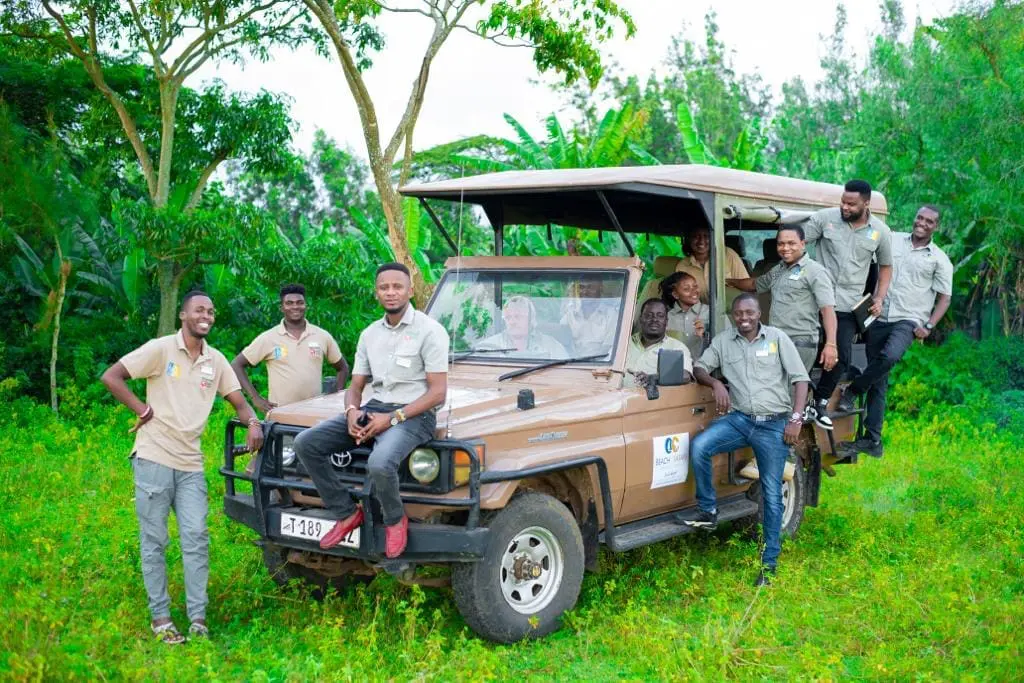
Safari Jeep
During this safari tour, you will travel around in a 4×4 safari jeep with pop-up roof. This, with four-wheel drive, safari jeep is perfect for taking photos. The vehicles have low emissions, so make less noise. This allows you to get quite close to the wild animals without disturbing or scaring them off.
The safari jeeps are well maintained and have comfortable seats and a cooler for cold water. Our English-speaking driver/guide has extensive knowledge of flora and fauna. He makes sure you get to see the best of the national parks. He will give you as much time as you need to ask questions, take pictures and enjoy the beautiful scenery.
Distances on Tanzania and Zanzibar
The vast expanse of Tanzania and Zanzibar ensures that your safari trip will include a wide range of travel distances. Not only do these road trips reveal the country's magnificent nature, but they also provide an excellent opportunity to learn about its diverse ecosystems, cultures and landscapes. From the vast plains of the Serengeti National Park to the majestic peaks of Kilimanjaro and the endless expanses of pearly white sand beaches in Zanzibar. The diversity of Tanzania & Zanzibar invites you to explore.
View distances| From | To | Duration |
|---|---|---|
| Kilimanjaro Airport | Africa Safari Arusha | +/- 1.5 hour |
| Kilimanjaro Airport | Africa Safari Manyara Escarpment | +/- 3.5 hour |
| Kilimanjaro Airport | Africa Safari Rift Valley | +/- 3.5 hour |
| Arusha Airport | Africa Safari Lake Manyara | +/- 2 hours |
| Arusha Airport | Tarangire National Park | +/- 2.5 hour |
| Africa Safari Arusha | Arusha Airport | +/- 20 min |
| Africa Safari Arusha | Arusha National Park | +/- 1 hour |
| Africa Safari Arusha | Lake Manyara National Park | +/- 2 hours |
| Africa Safari Arusha | Lake Natron | +/- 6 hours |
| Africa Safari Arusha | Tarangire National Park | +/- 2 hours |
| Africa Safari Manyara Escarpment | Arusha National Park | +/- 2.5 hours |
| Africa Safari Manyara Escarpment | Lake Manyara National Park | +/- 10 min. |
| Africa Safari Manyara Escarpment | Lake Natron | +/- 3 hours |
| Africa Safari Manyara Escarpment | Ngorongoro Crater | +/- 1 hour |
| Africa Safari Manyara Escarpment | Serengeti National Park | +/- 5 hours |
| Africa Safari Manyara Escarpment | Tarangire National Park | +/- 50 min |
| Africa Safari Karatu | Africa Safari Arusha | +/- 3 hours |
| Africa Safari Karatu | Africa Safari Manyara Escarpment | +/- 45 min. |
| Africa Safari Karatu | Africa Safari Rift Valley | +/- 30 min. |
| Africa Safari Karatu | Lake Manyara National Park | +/- 45 min. |
| Africa Safari Karatu | Ngorongoro Crater | +/- 30 min. |
| Africa Safari Karatu | Tarangire National Park | +/- 2 hours |
| Africa Safari Rift Valley | Lake Manyara National Park | +/- 10 min. |
| Africa Safari Rift Valley | Tarangire National Park | +/- 50 min |
| Africa Safari Rift Valley | Ngorongoro Crater | +/- 1 hour |
| Africa Safari Rift Valley | Serengeti National Park | +/- 5 hours |
| Africa Safari Rift Valley | Arusha National Park | +/- 2 hours |
| Africa Safari Lake Natron | Lake Manyara / Africa Safari Manyara Escarpment | +/- 3 hours |
| Africa Safari Lake Natron | North Serengeti / Africa Safari Maasia Boma | +/- 4.5 hours |
| Africa Safari Lake Natron | Arusha / Arusha Airport | +/- 6 hours |
| Africa Safari Maasai Boma | Africa Safari Serengeti Ikoma | +/- 4 hours |
| Africa Safari Maasai Boma | Africa Safari South Serengeti / Ndutu | +/- 4 hours |
| Africa Safari Maasai Boma | Lake Natron / Africa Safari Lake Natron | +/- 4.5 hours |
| Africa Safari Serengeti Ikoma | Africa Safari Karatu | +/- 6 hours |
| Africa Safari Serengeti Ikoma | Seronera airstrip | +/- 15 min |
| Africa Safari Serengeti Ikoma | Ngorongoro Crater | +/- 3.5 hours |
| Africa Safari South Serengeti | Ngorongoro Crater | +/- 1.5 hour |
| Africa Safari South Serengeti | Africa Safari Serengeti Ikoma | +/- 3 hours |
| Africa Safari South Serengeti | Africa Safari Manyara Escarpment | +/- 2.5 hours |
| Africa Safari South Serengeti | Africa Safari Karatu | +/- 2 hours |
| Zanzibar Airport | Reef & Beach Resort | +/- 1.5 hour |
| Zanzibar Airport | Zanzibar Bay Resort / Paradise Beach Resort | +/- 45 min |
| Zanzibar Airport | Dream of Zanzibar | +/- 45 min |
| Zanzibar Airport | Shaba Boutique Hotel / Stone Town | +/- 15 min |
Round trips
Check out our inspiration trips to Tanzania and/or Zanzibar that can be customized.

